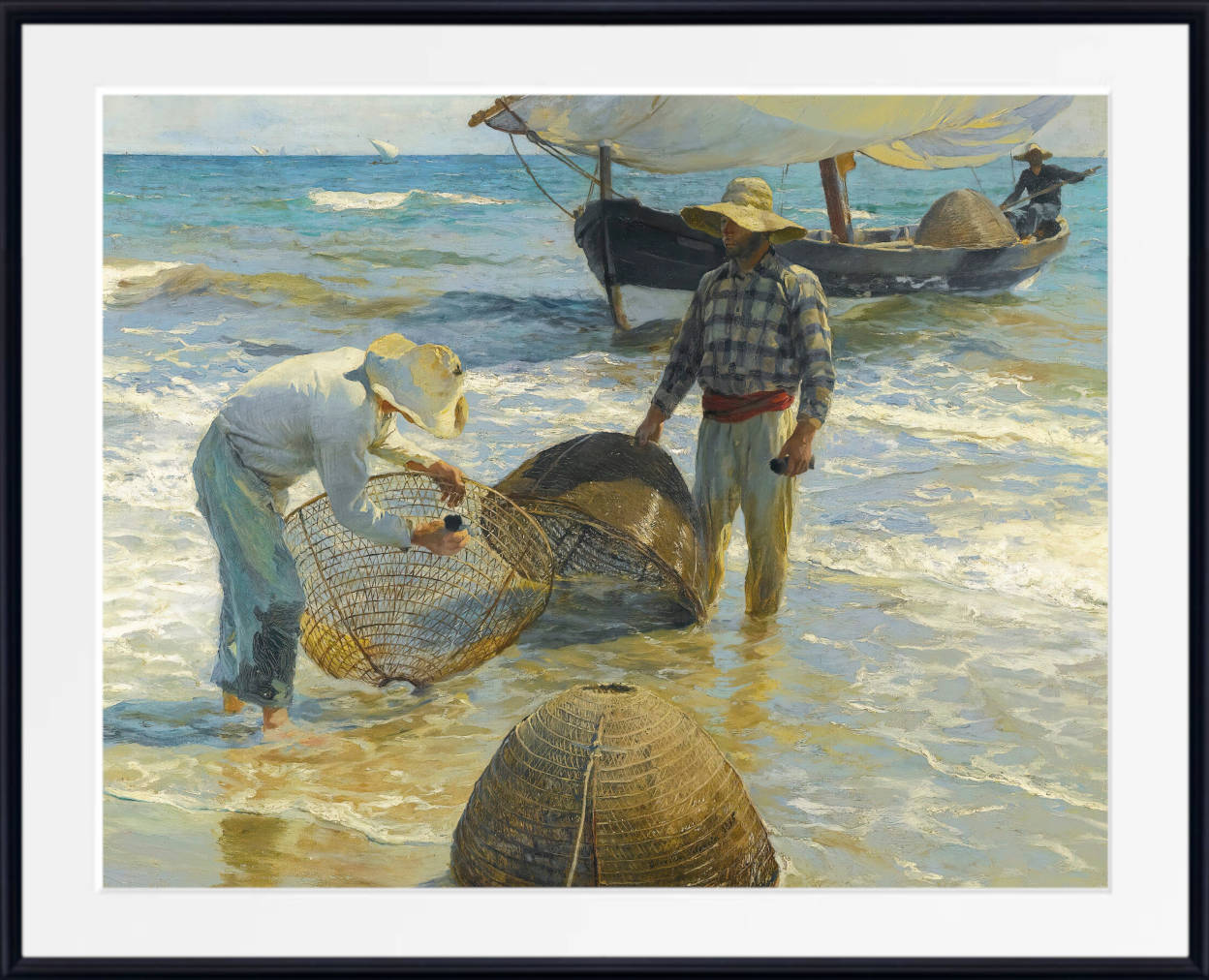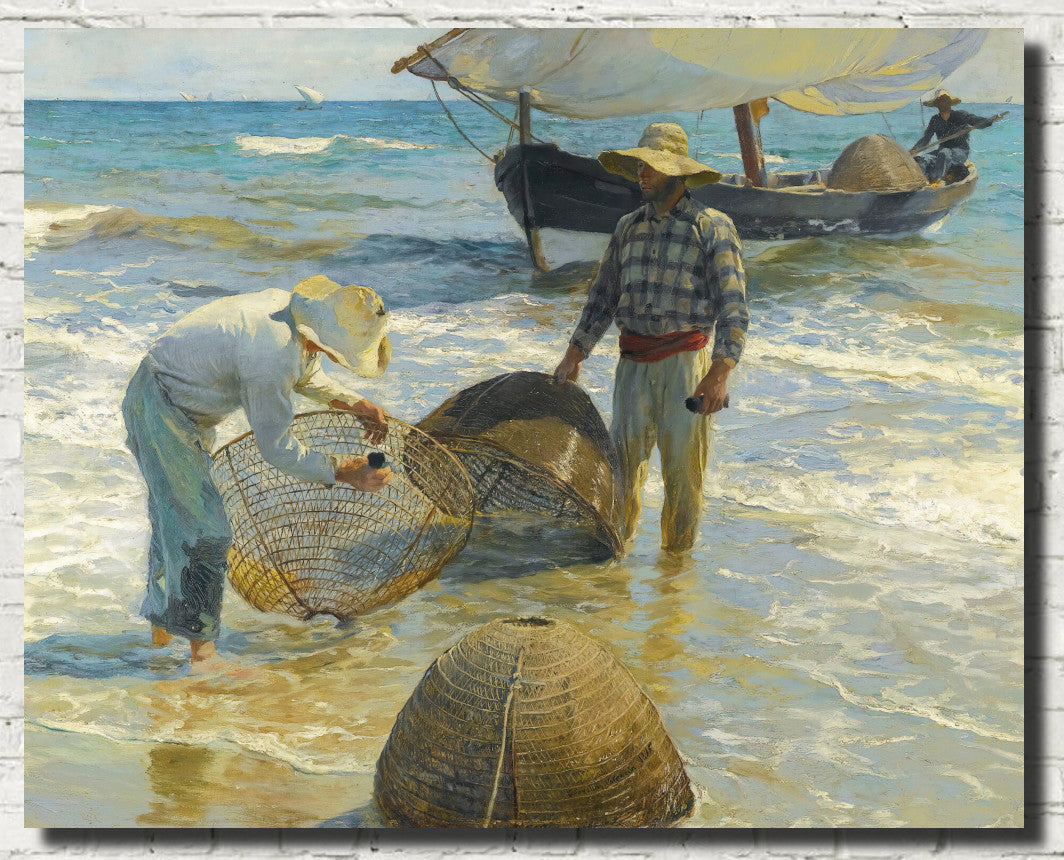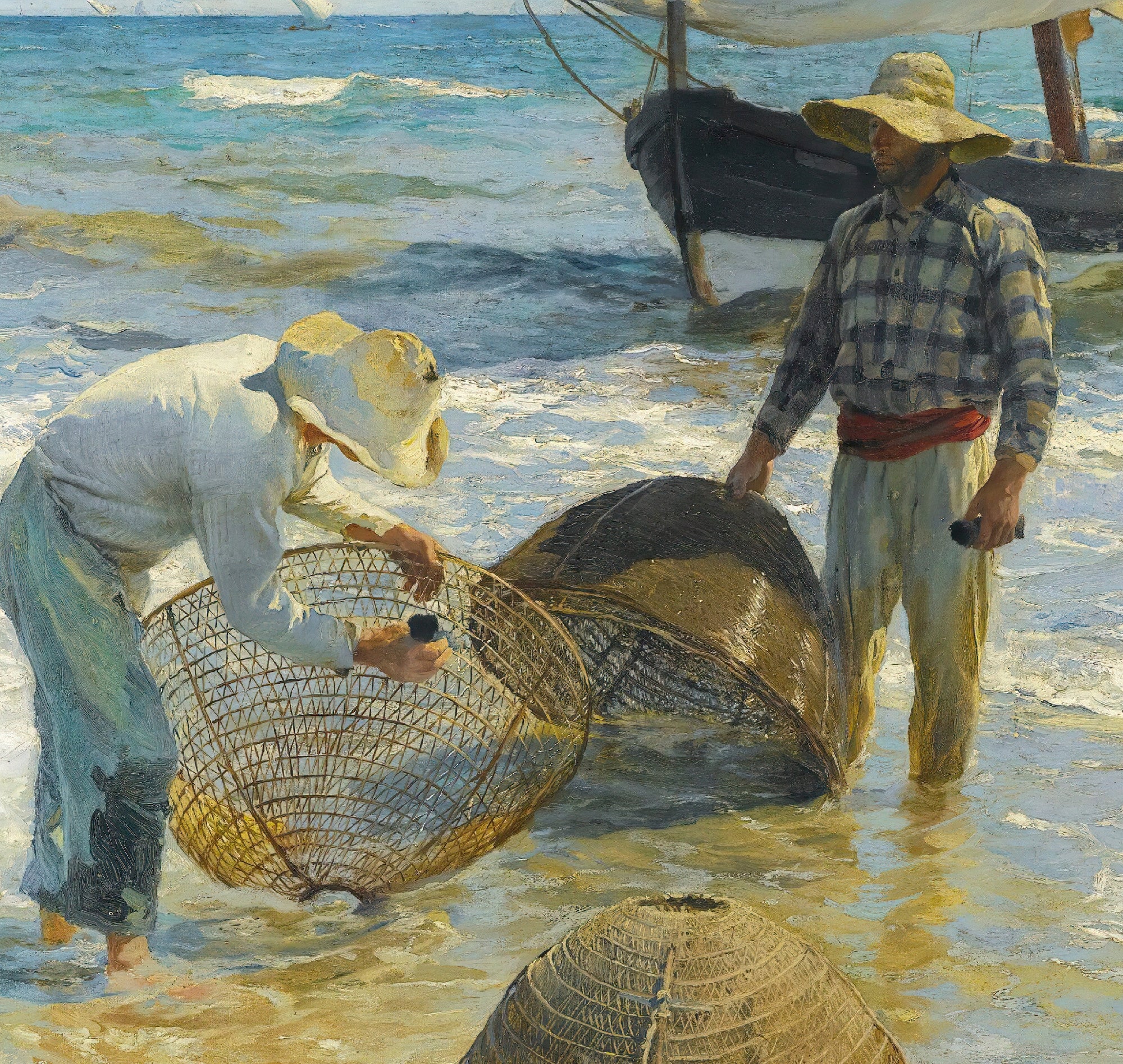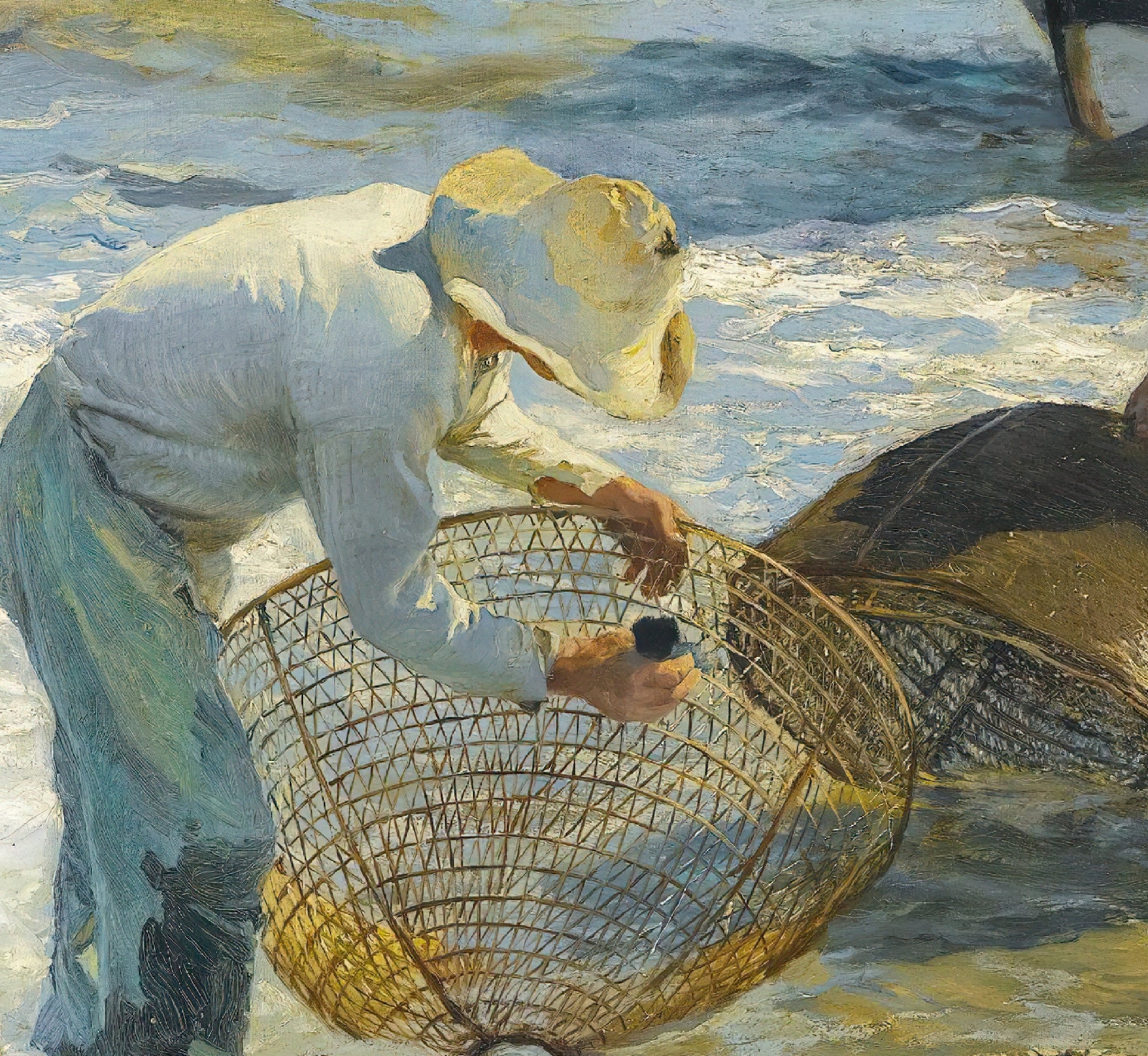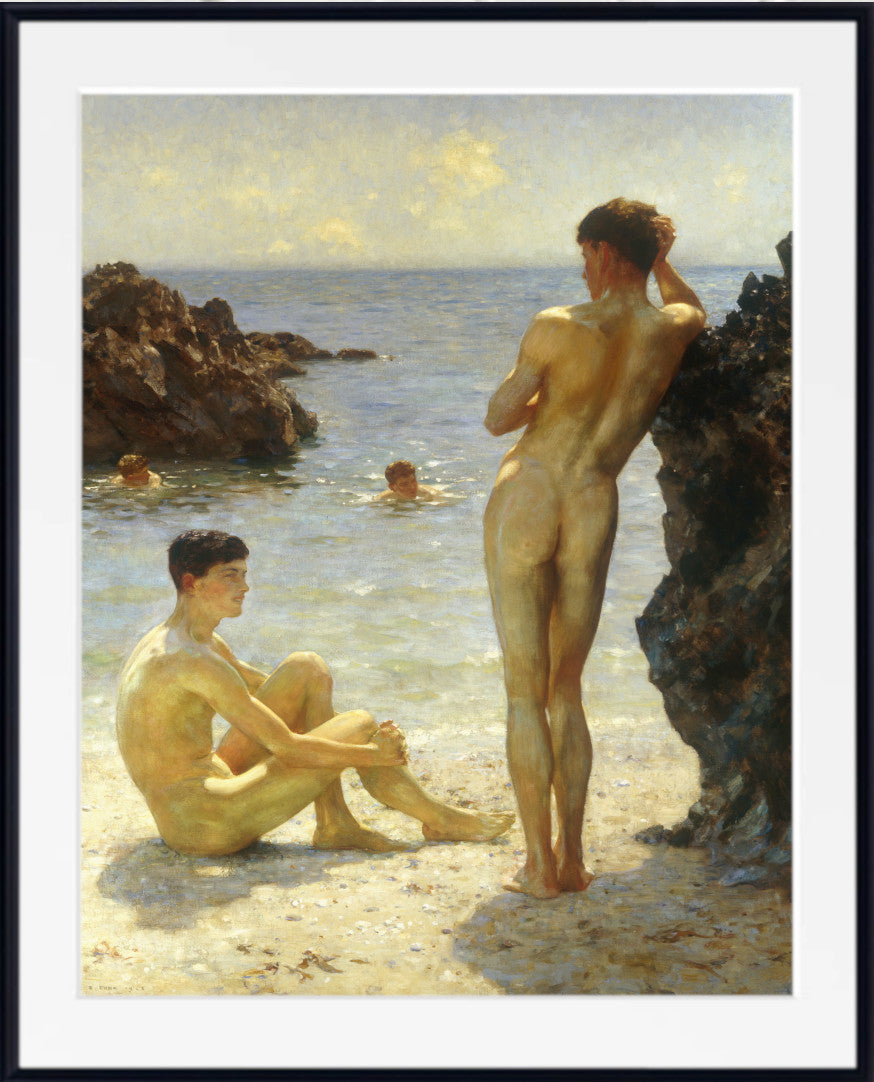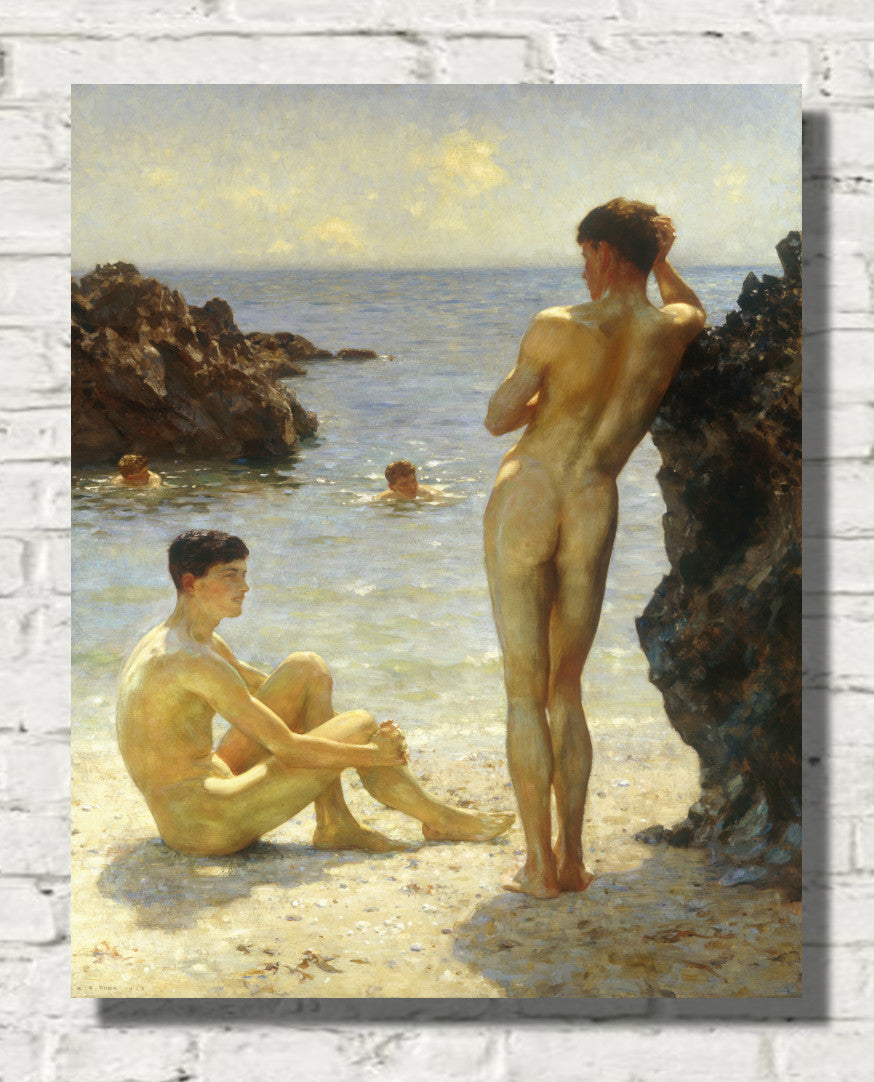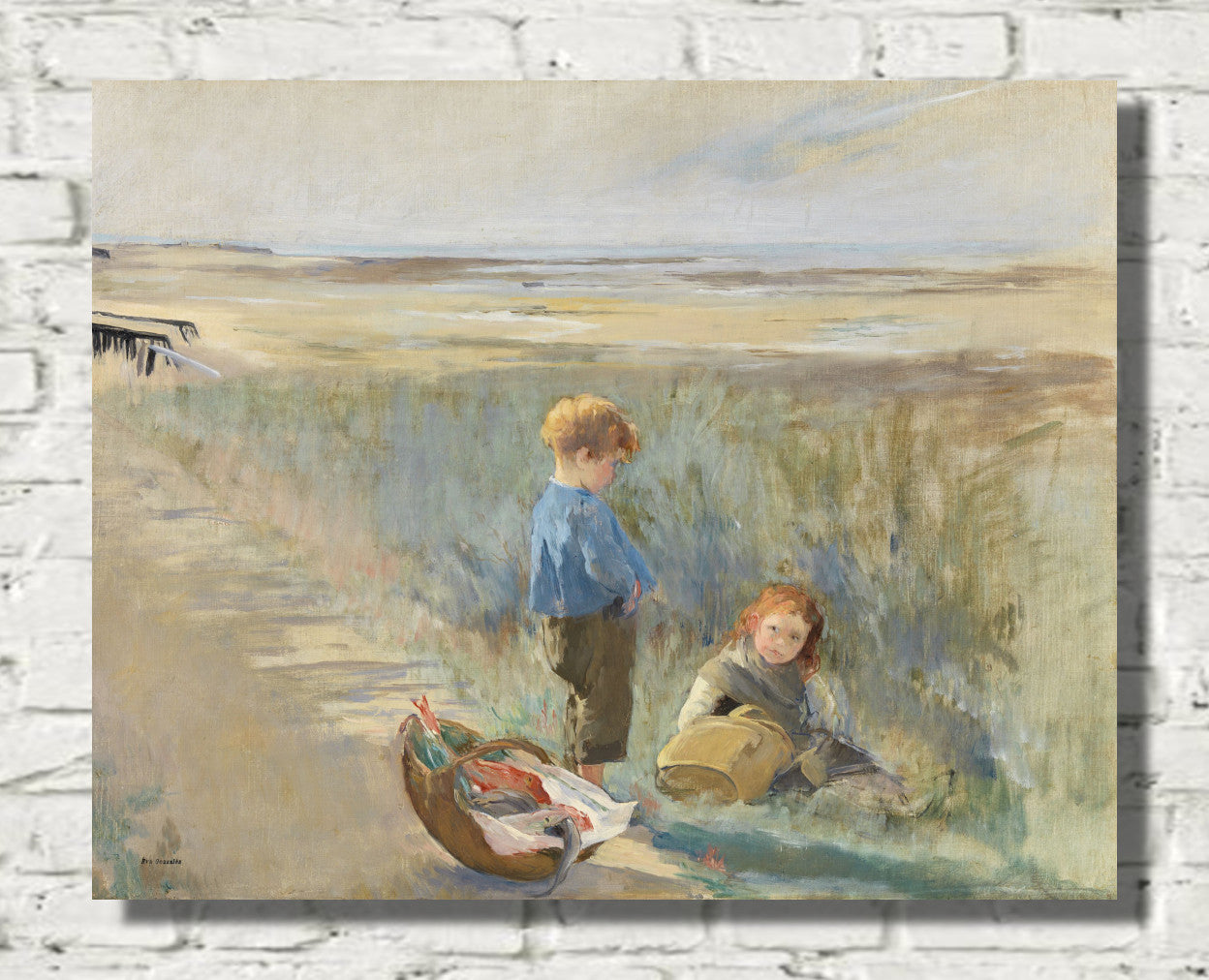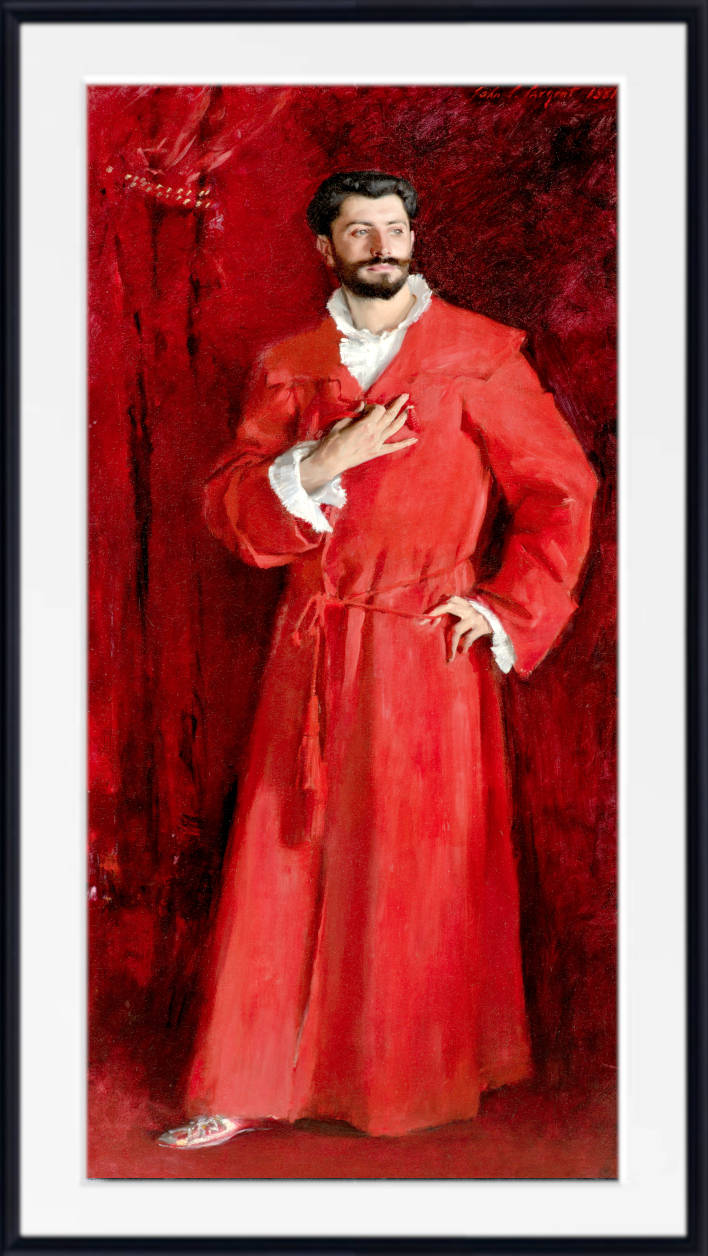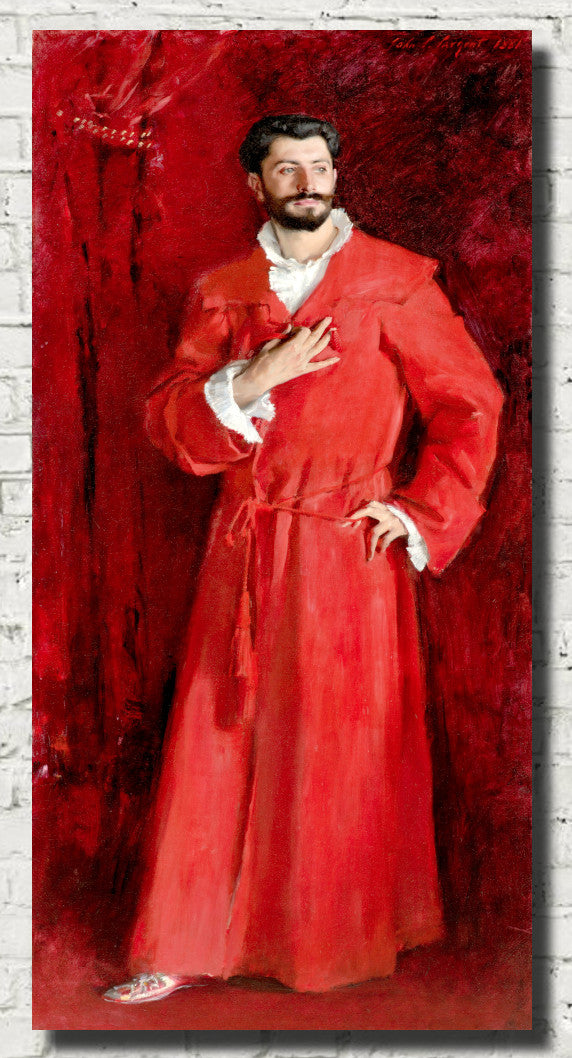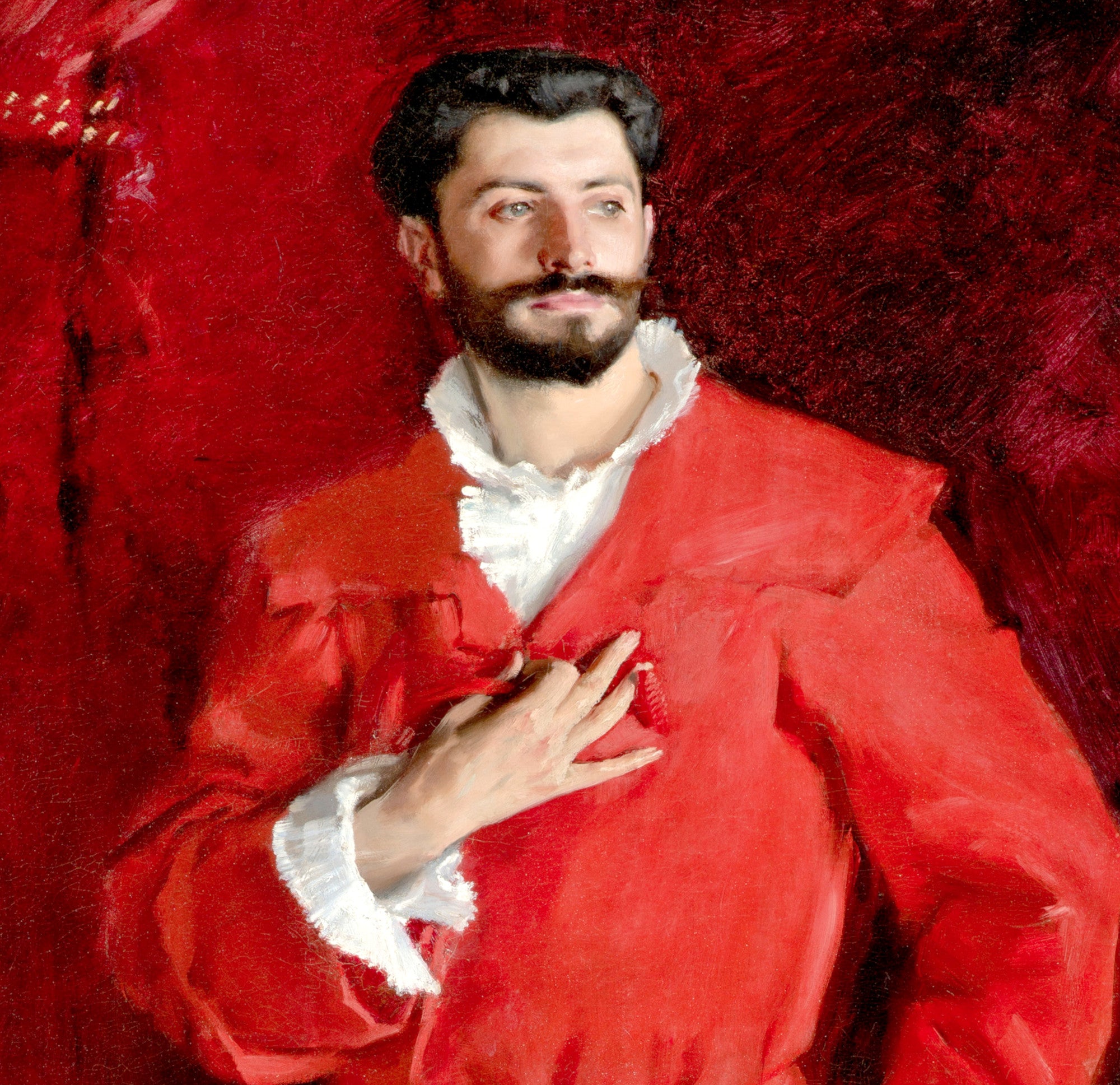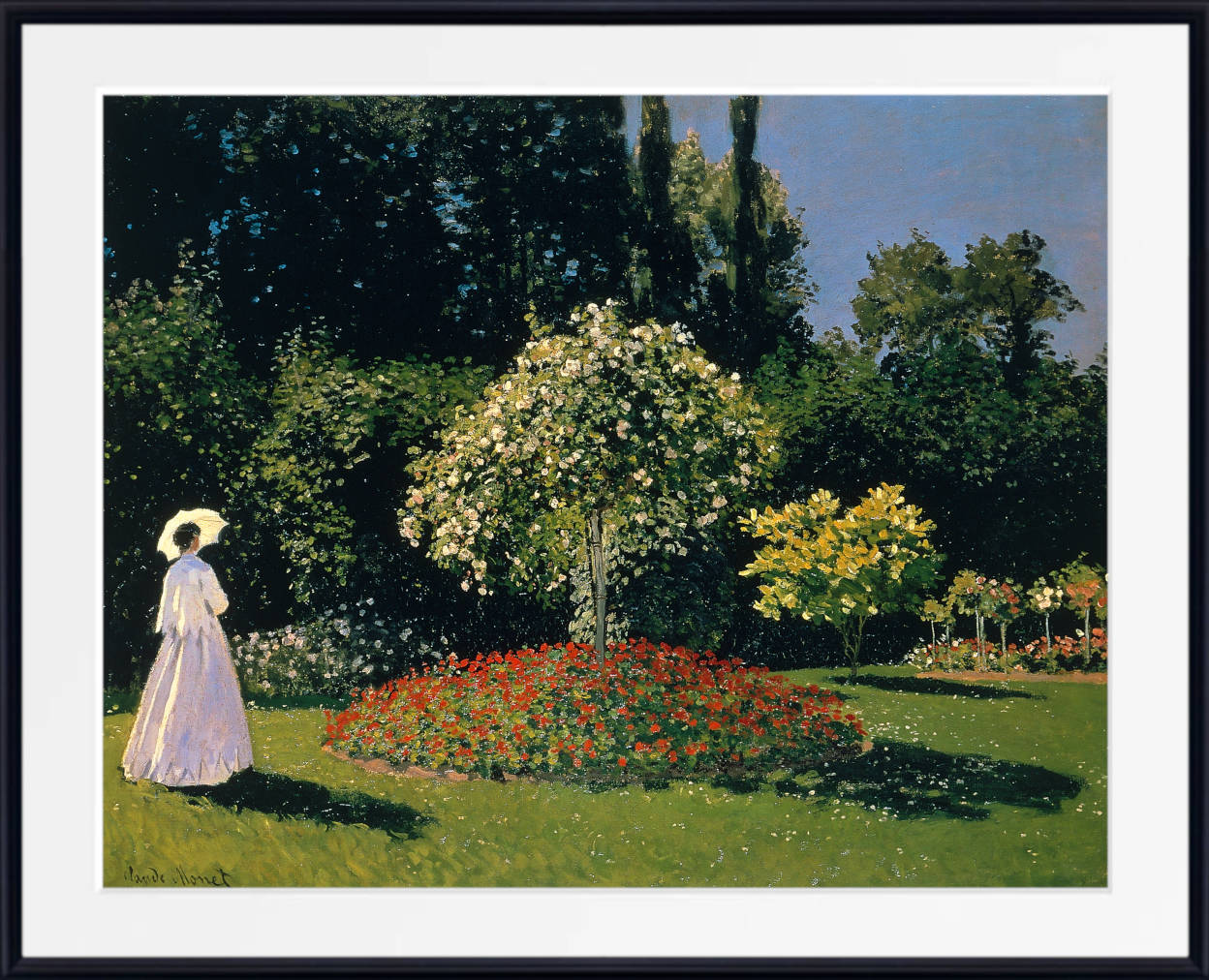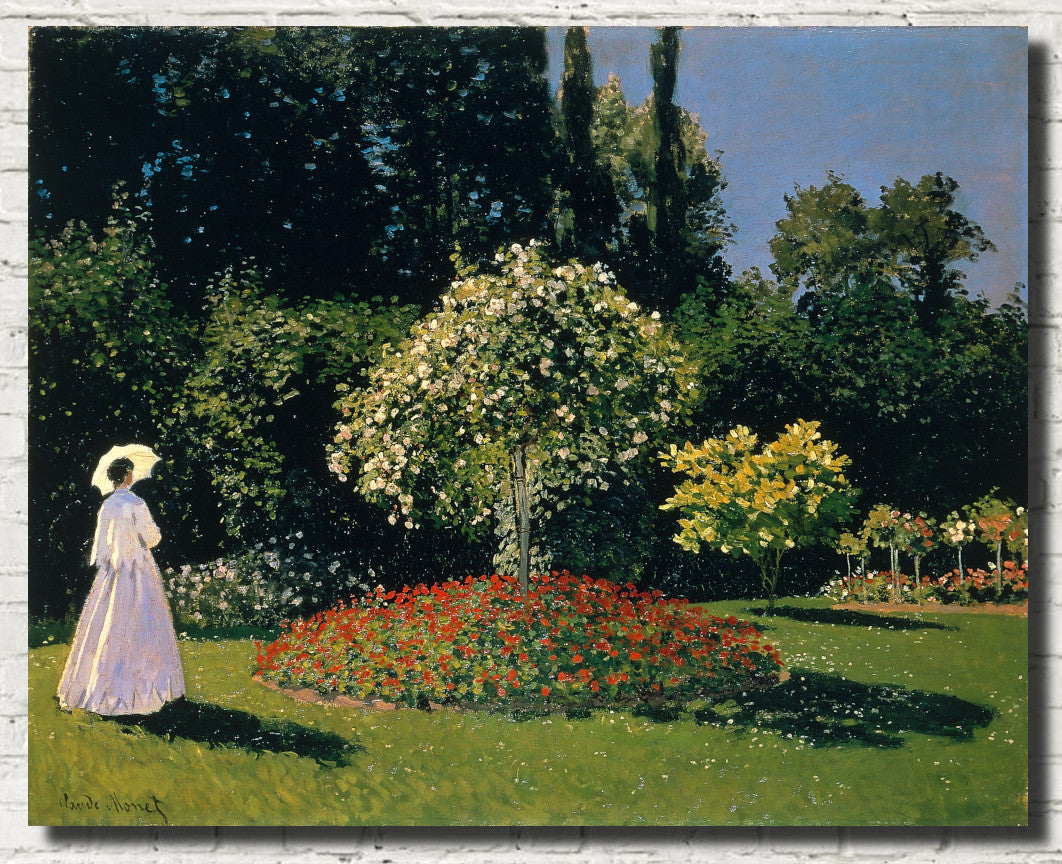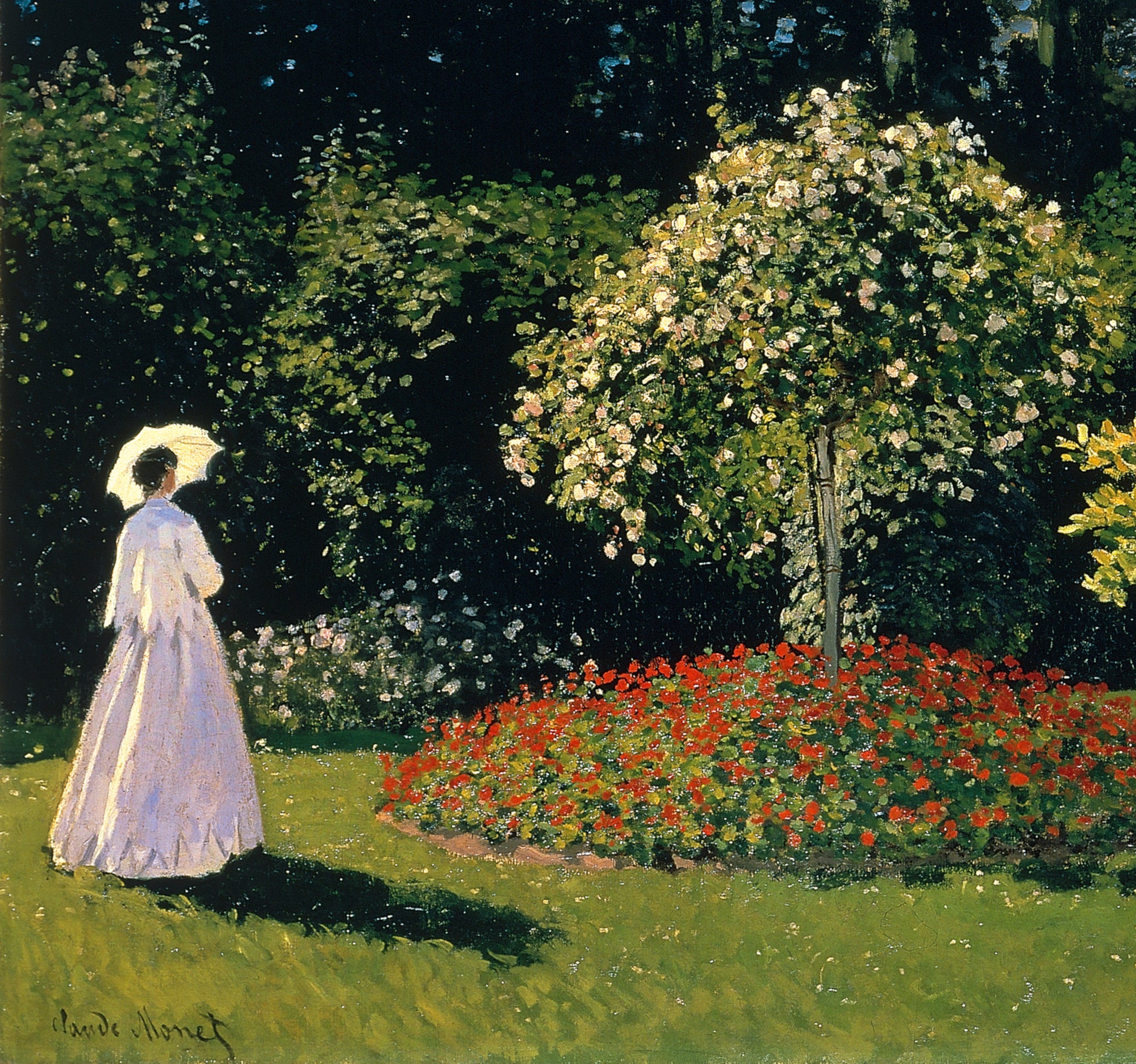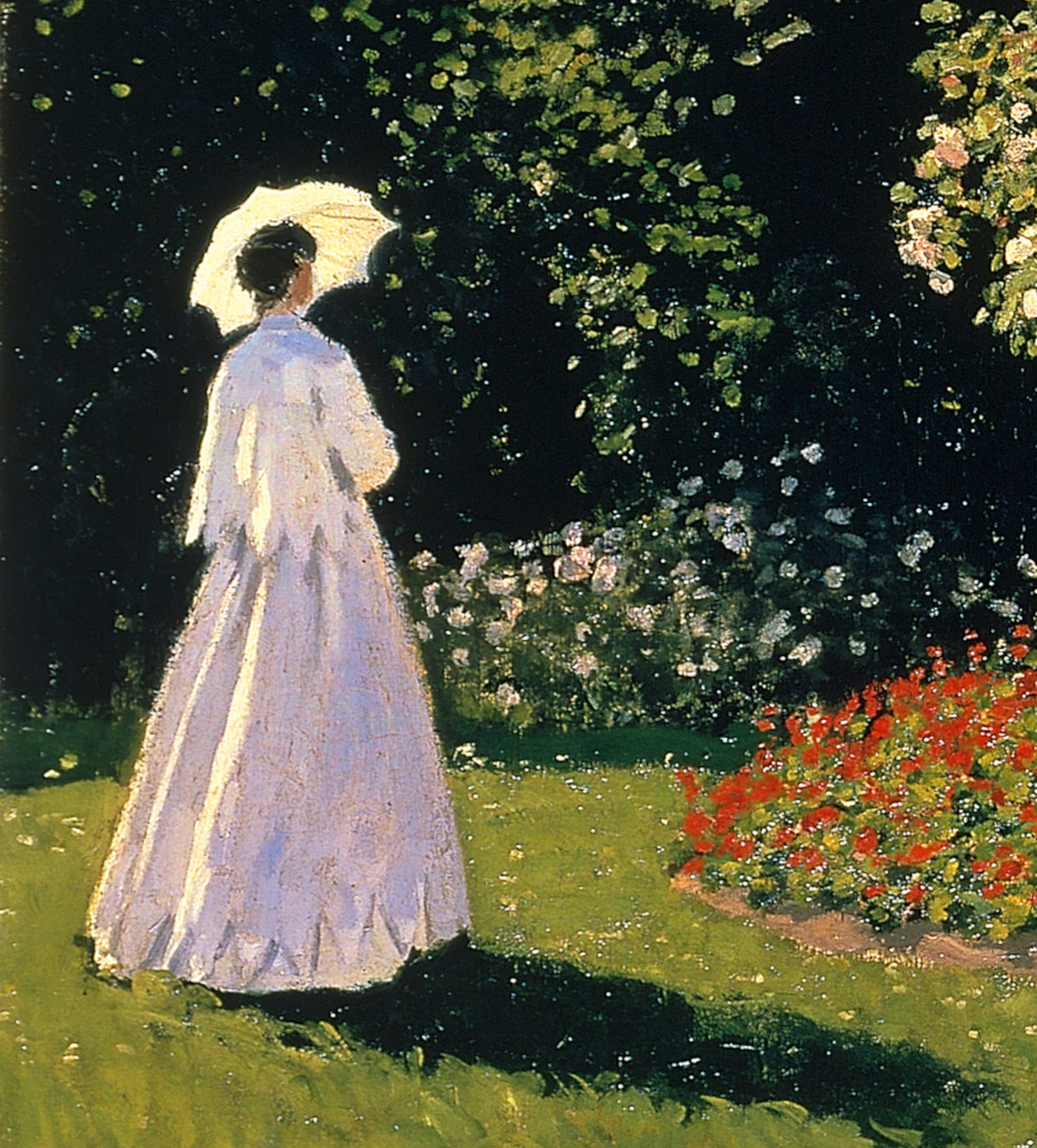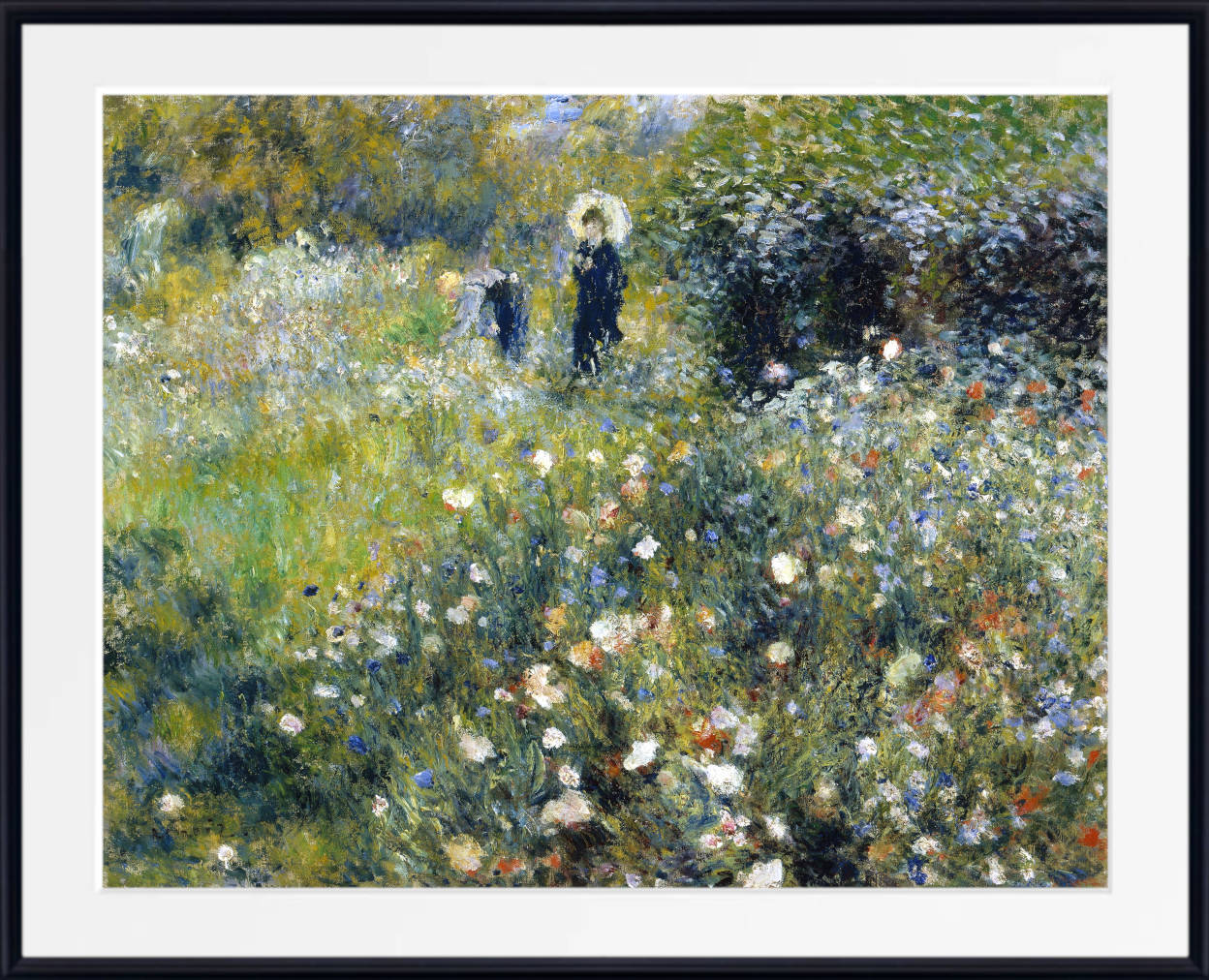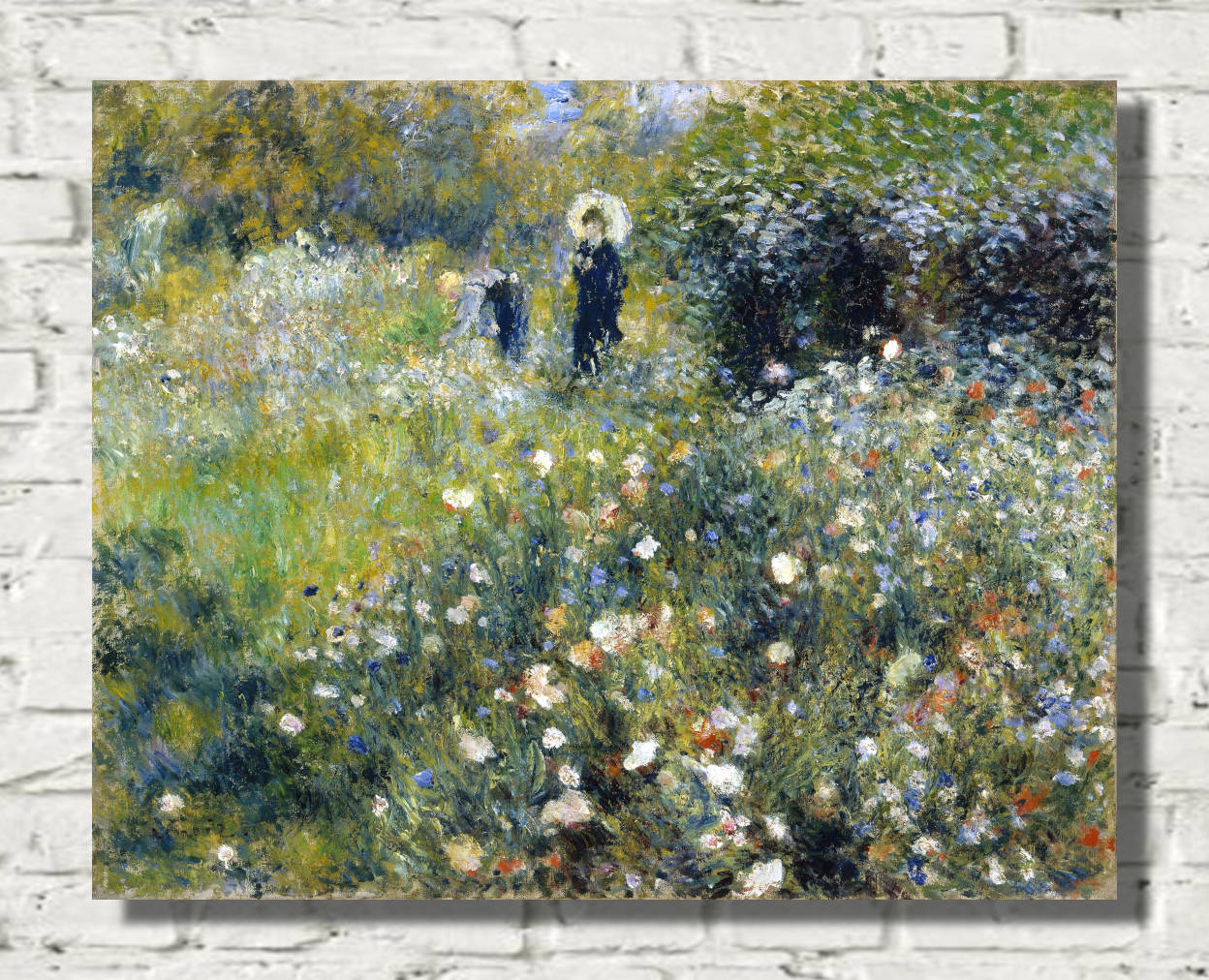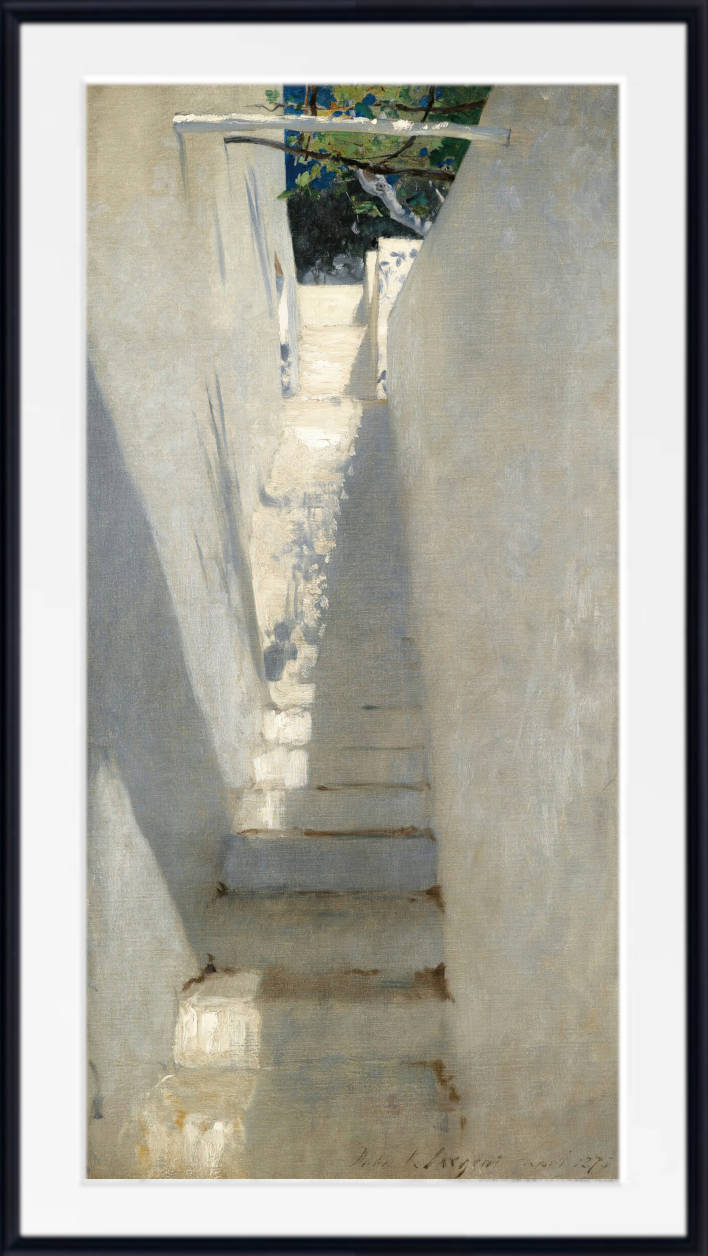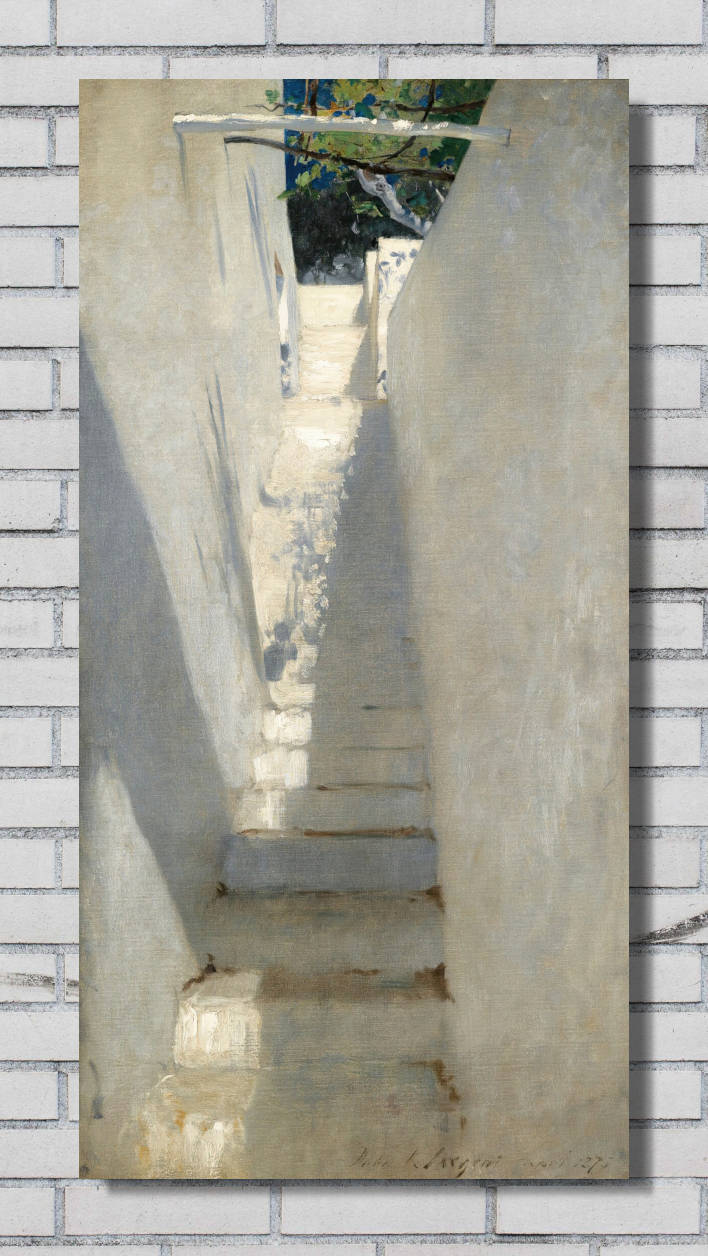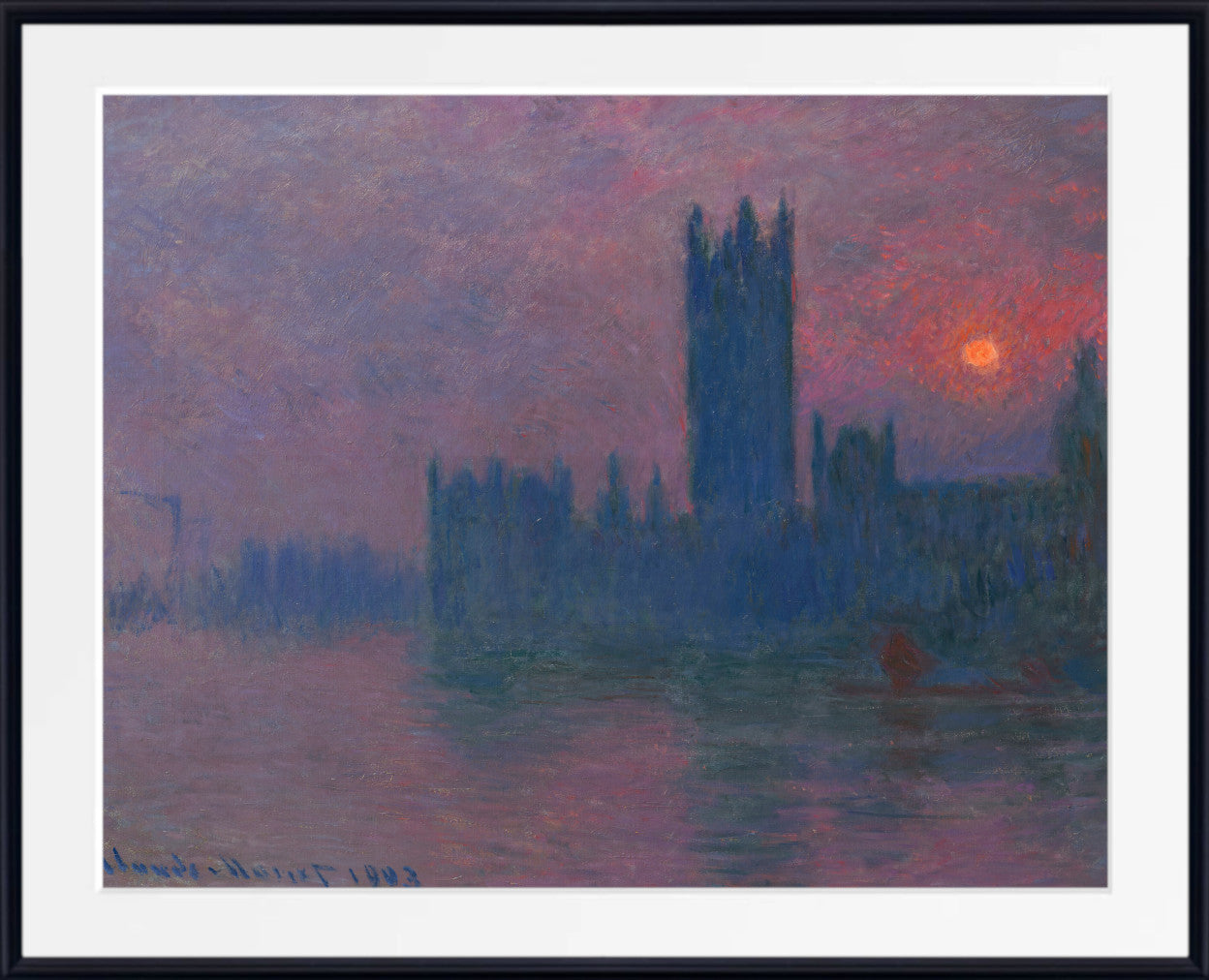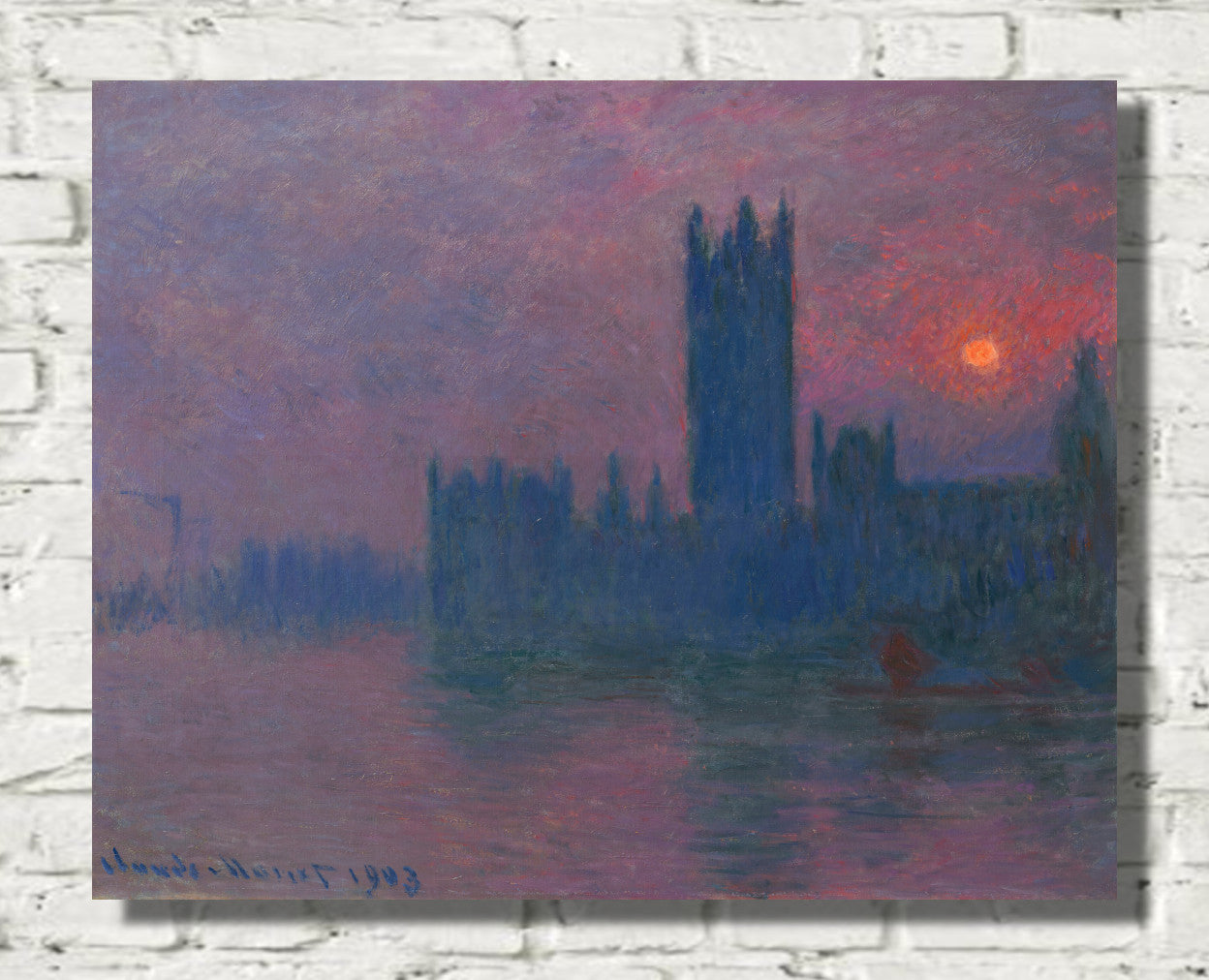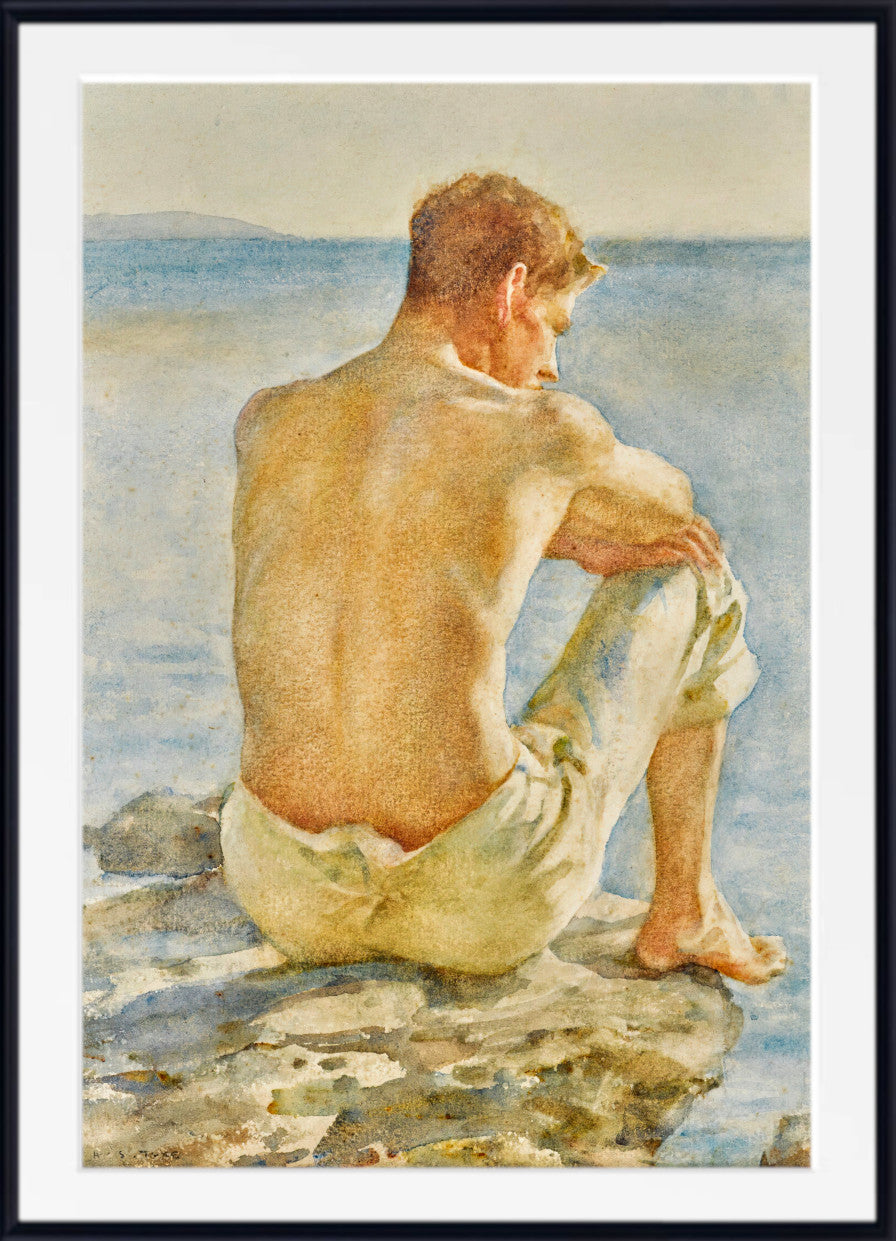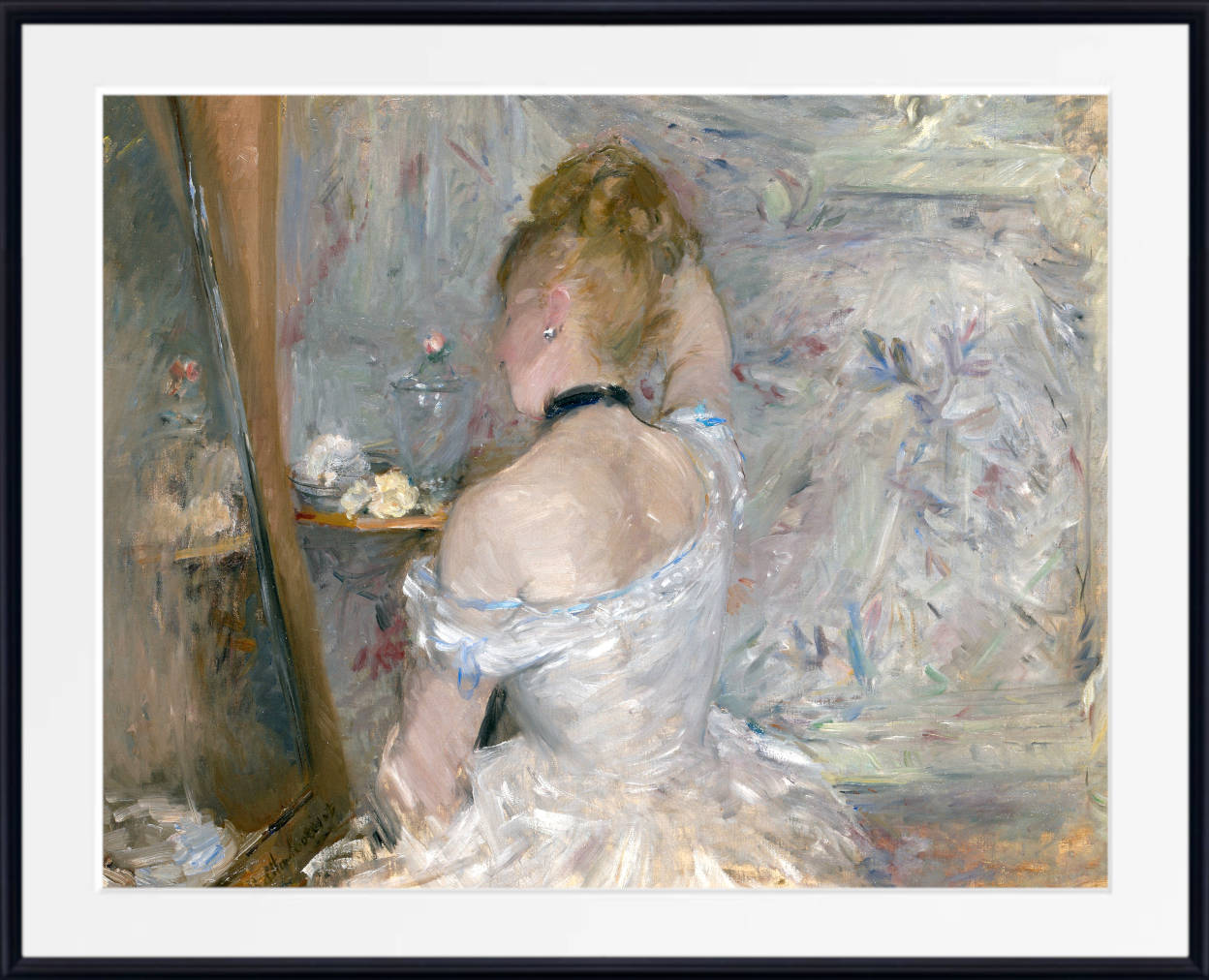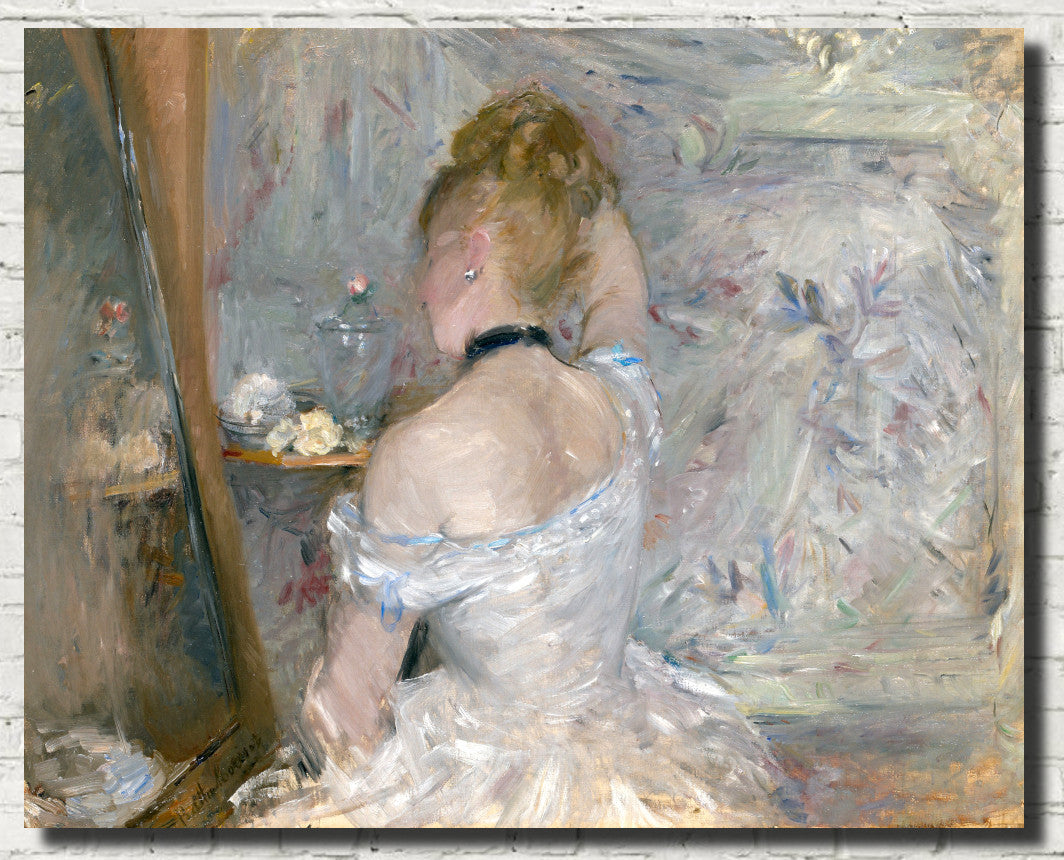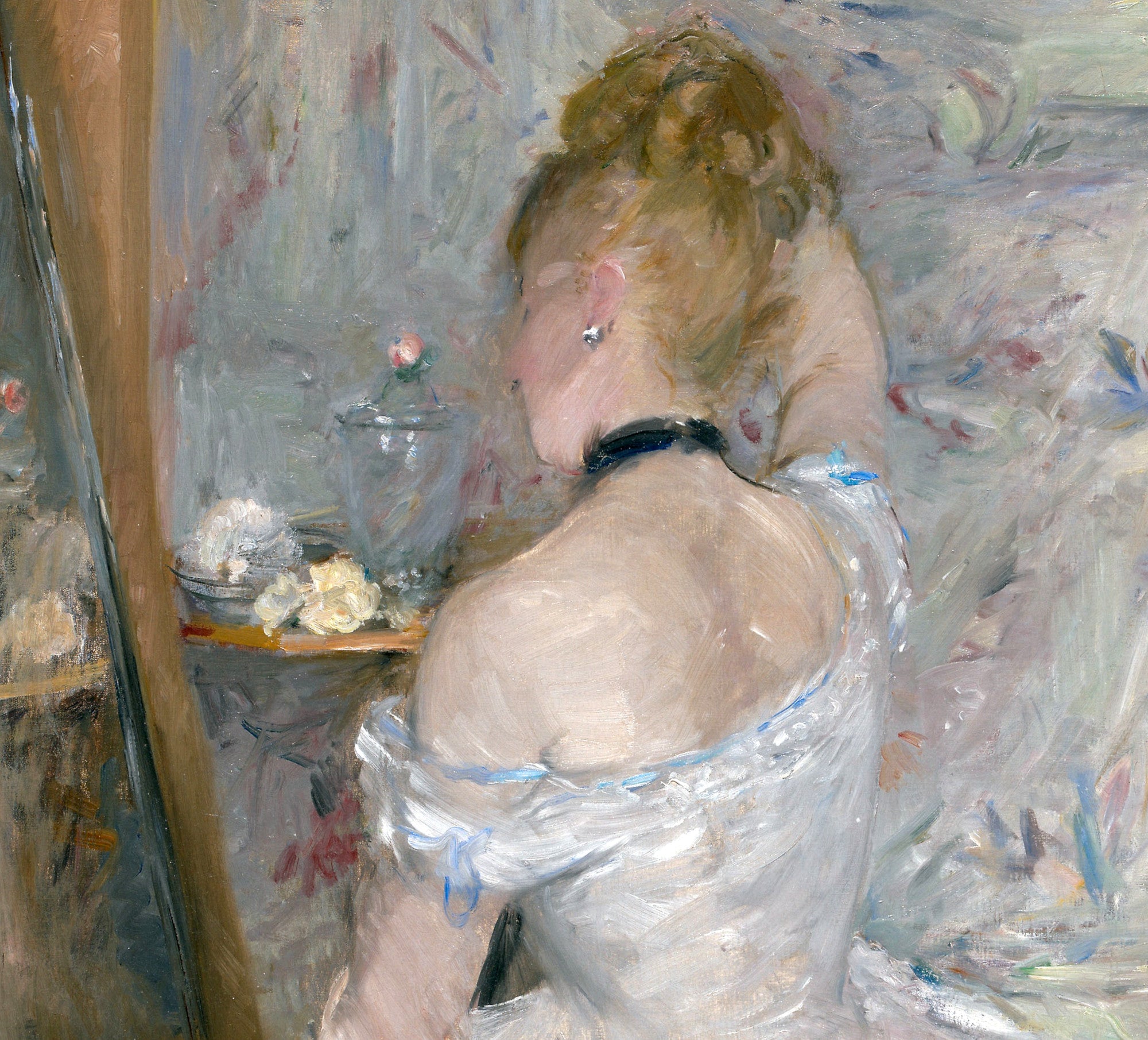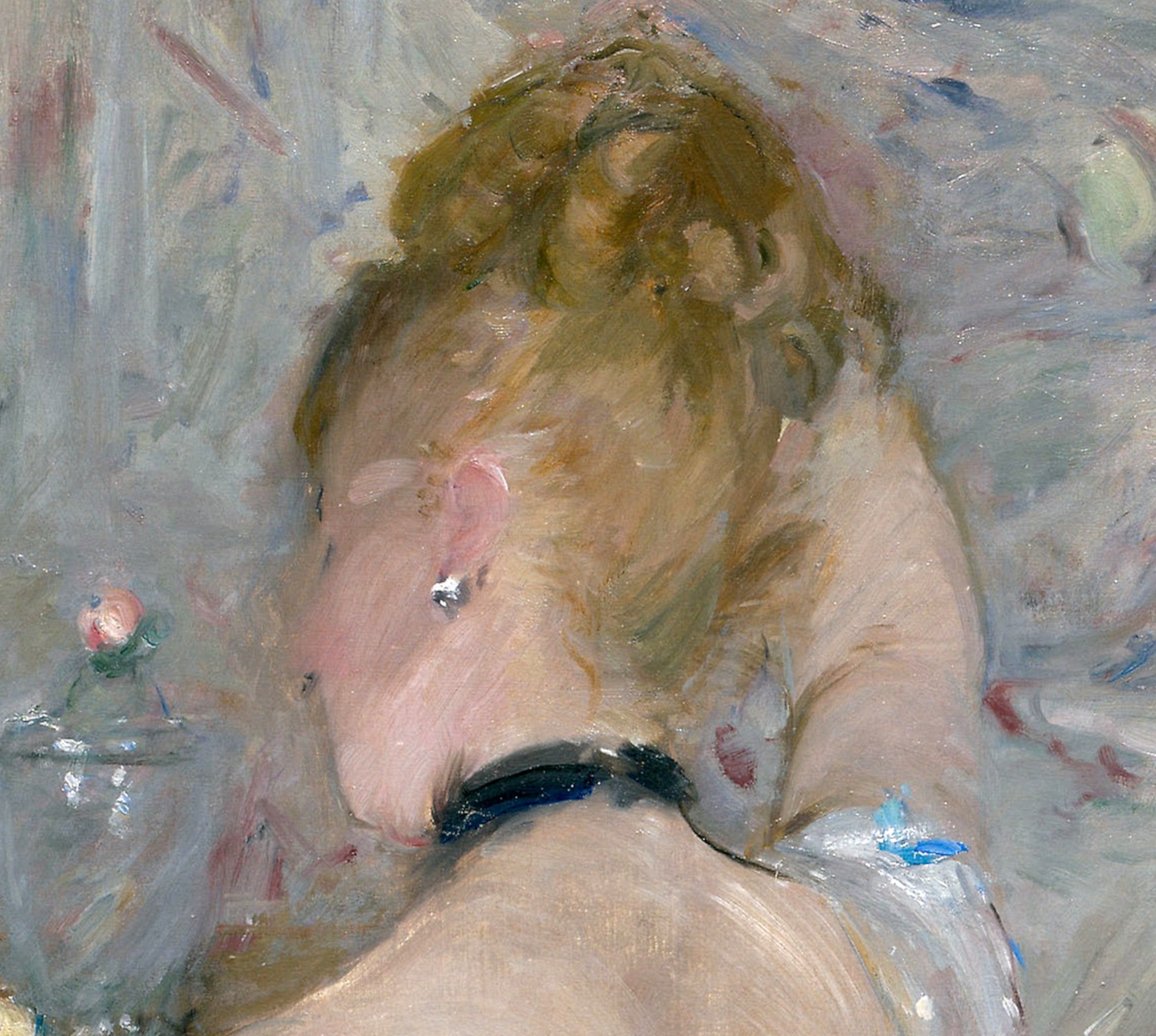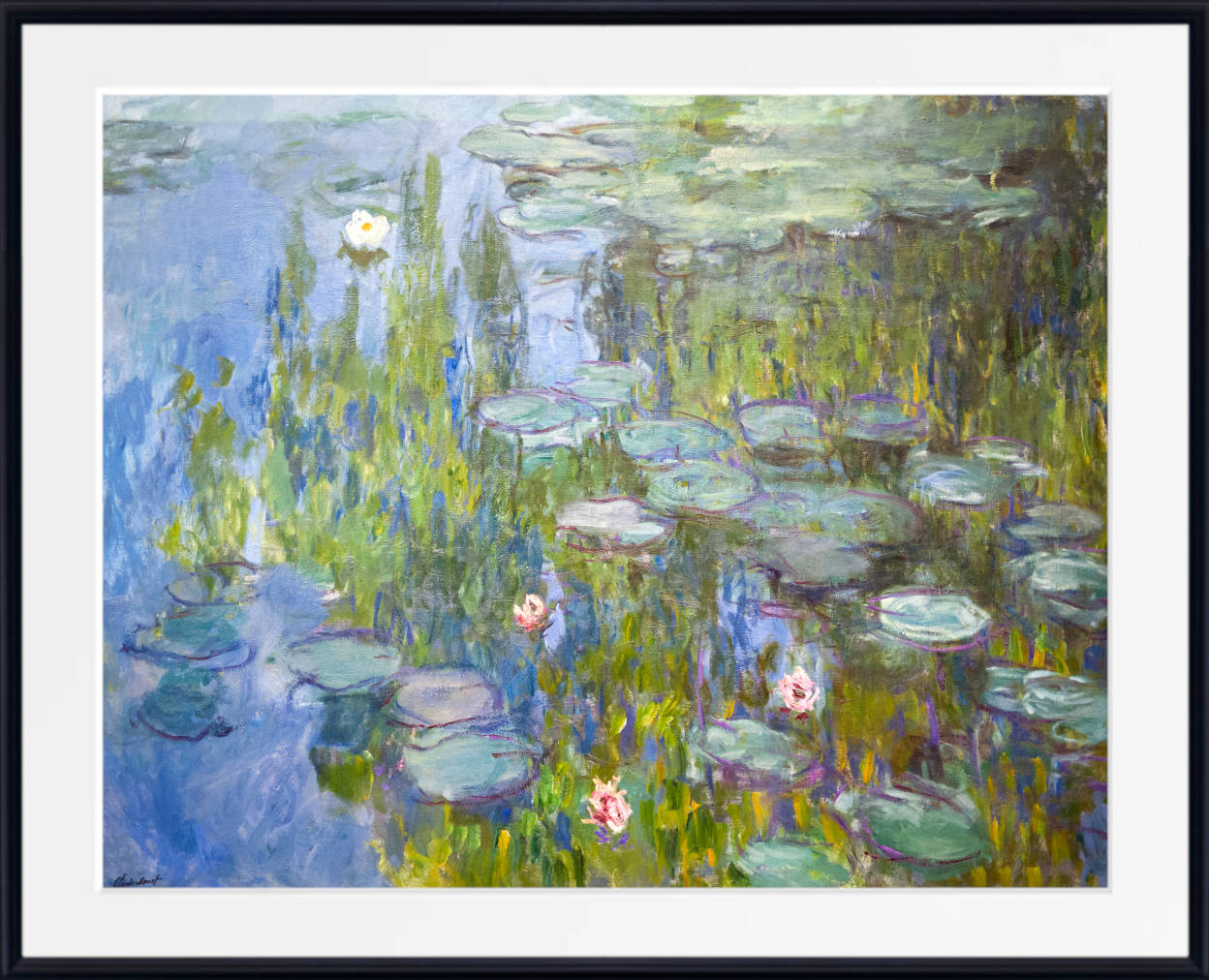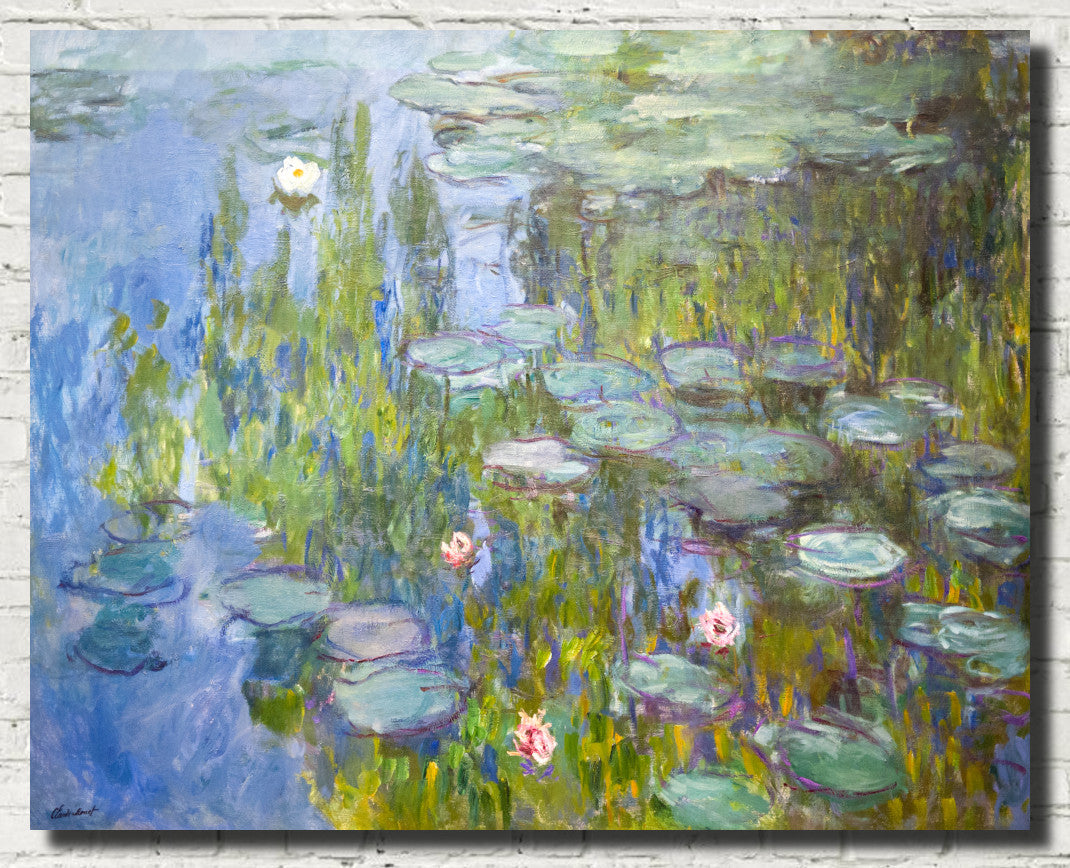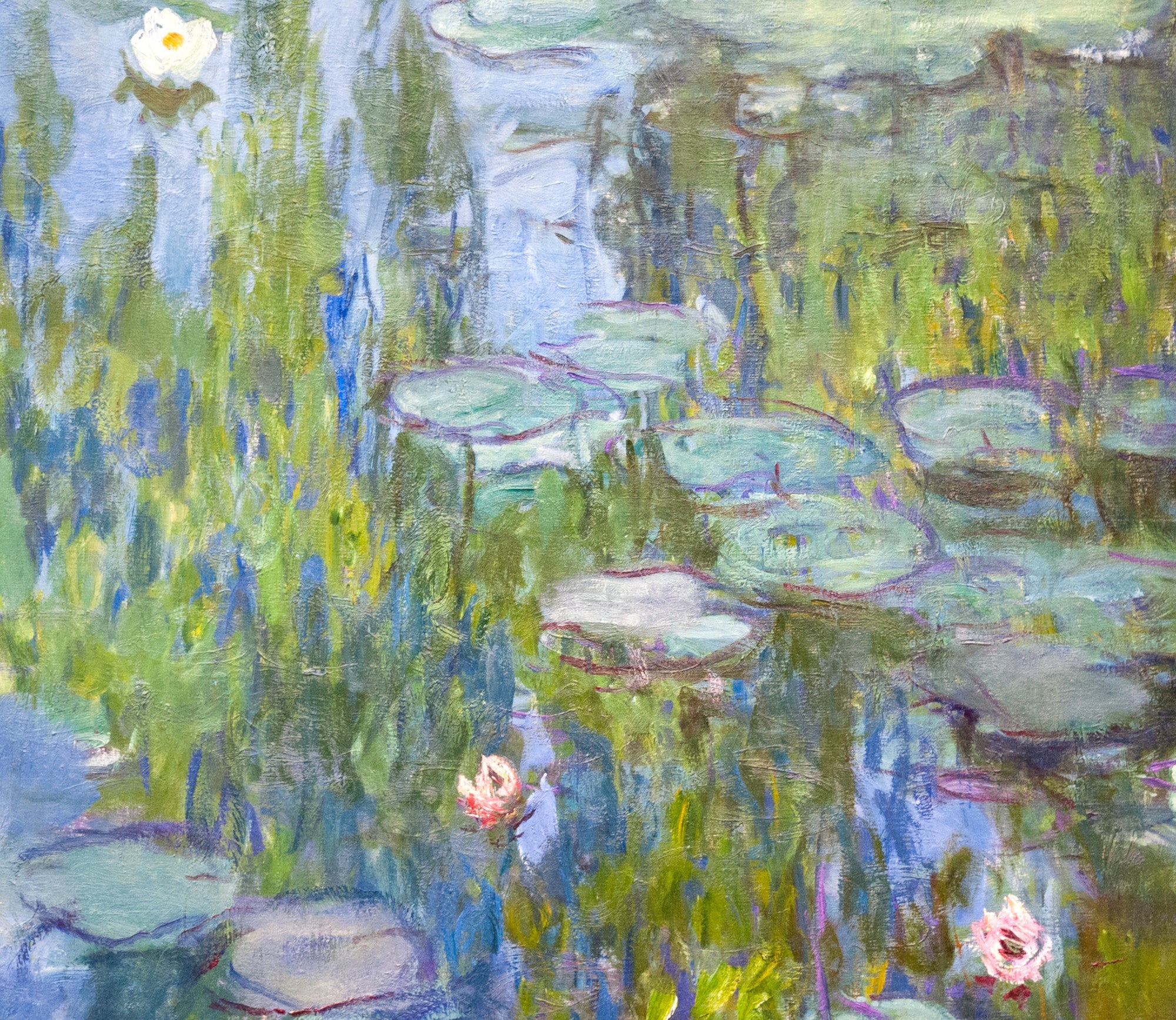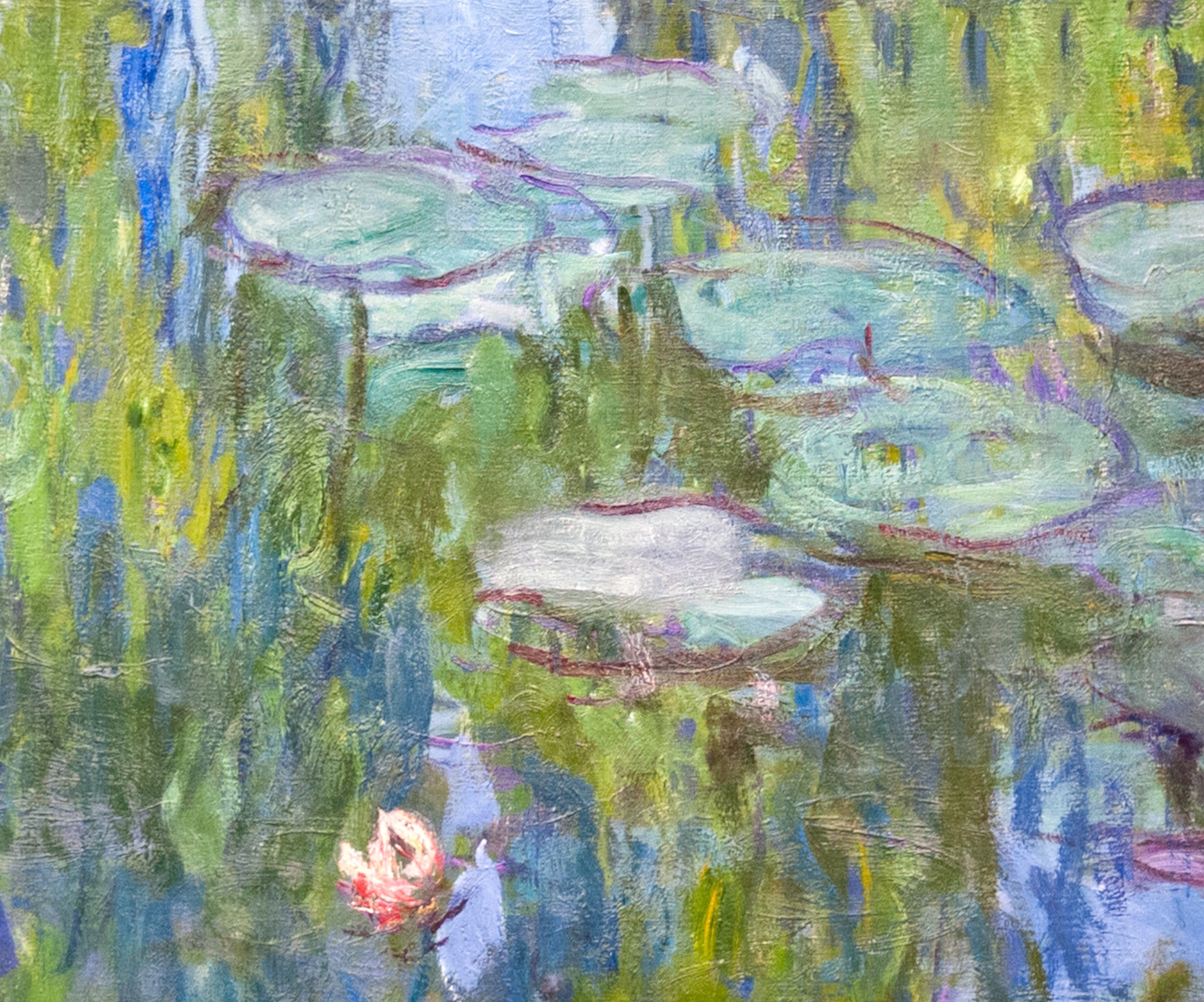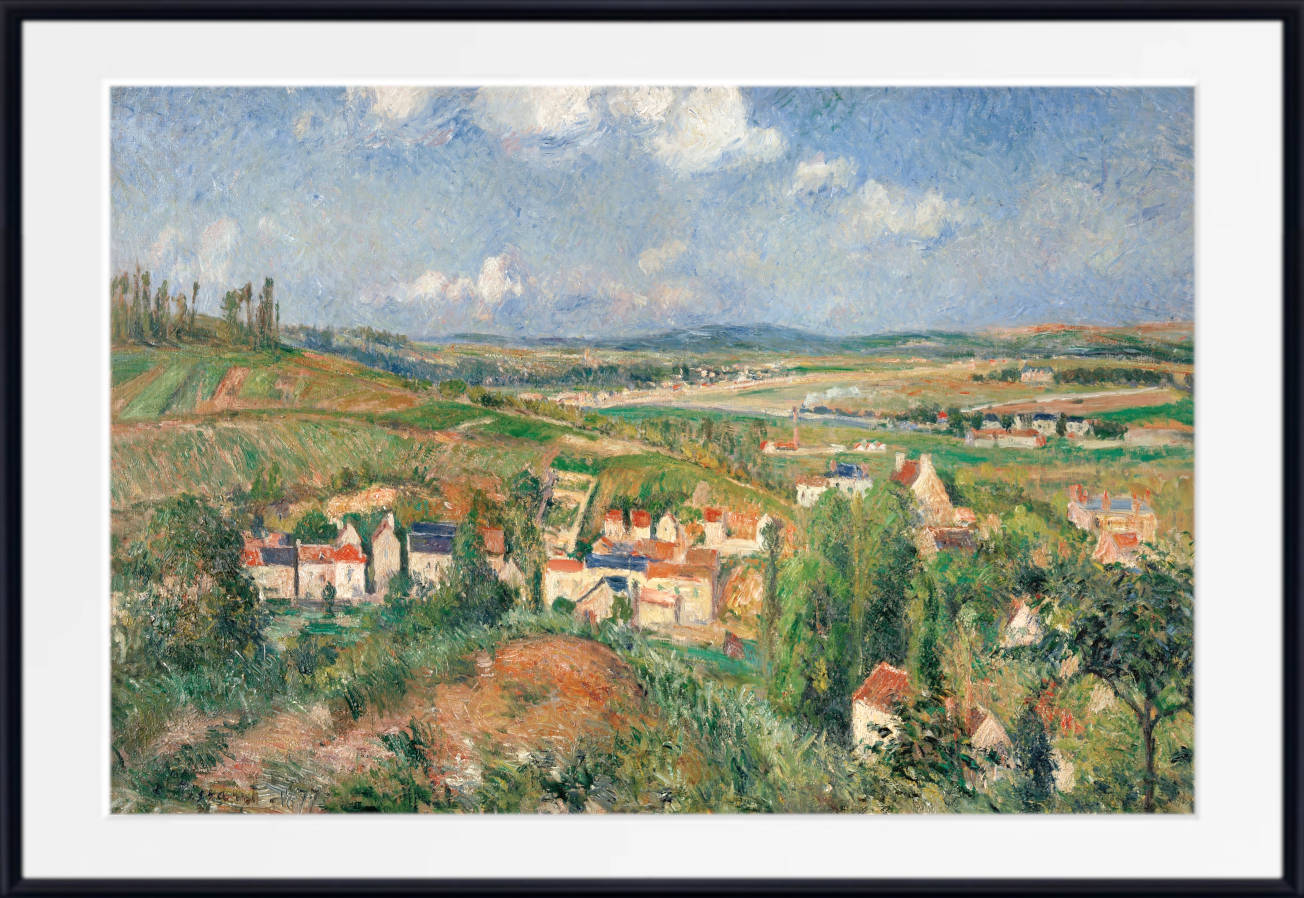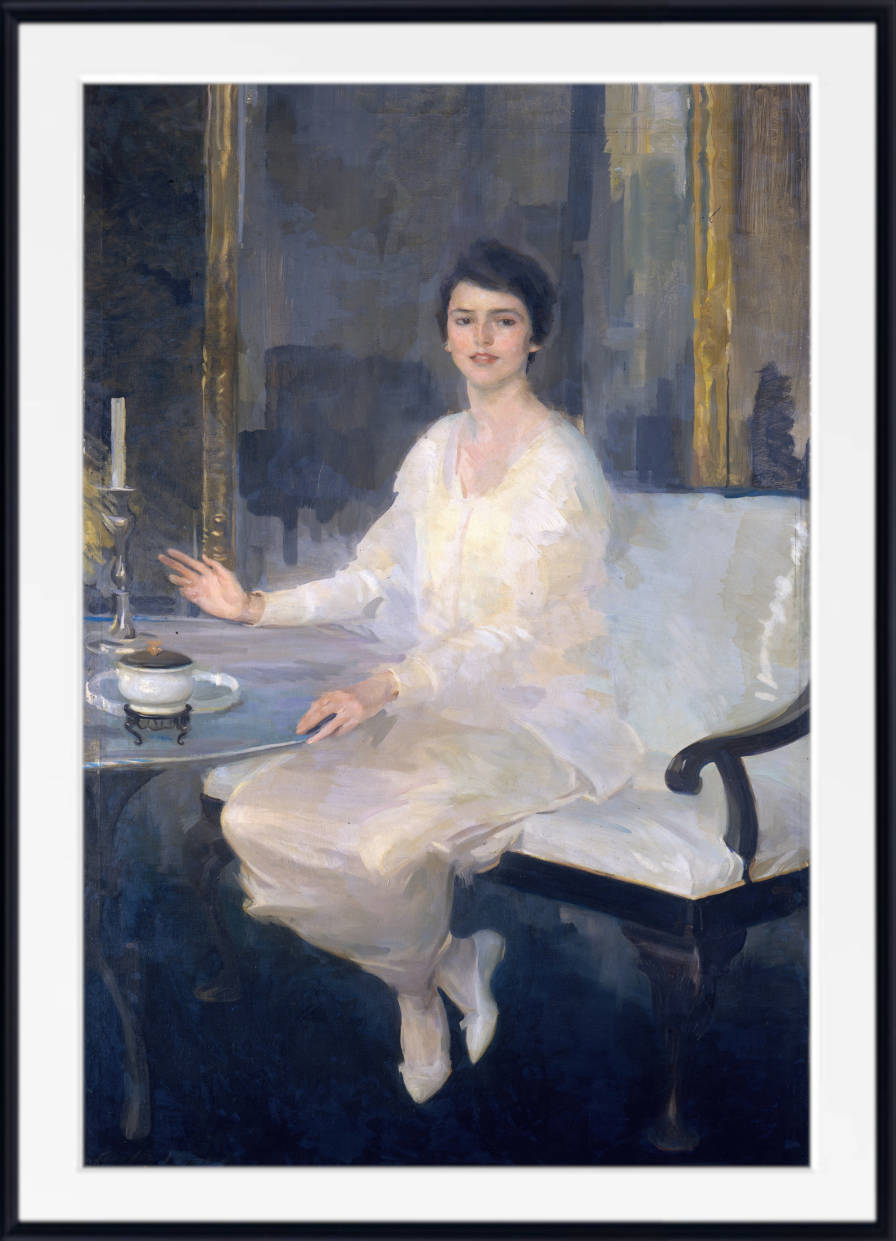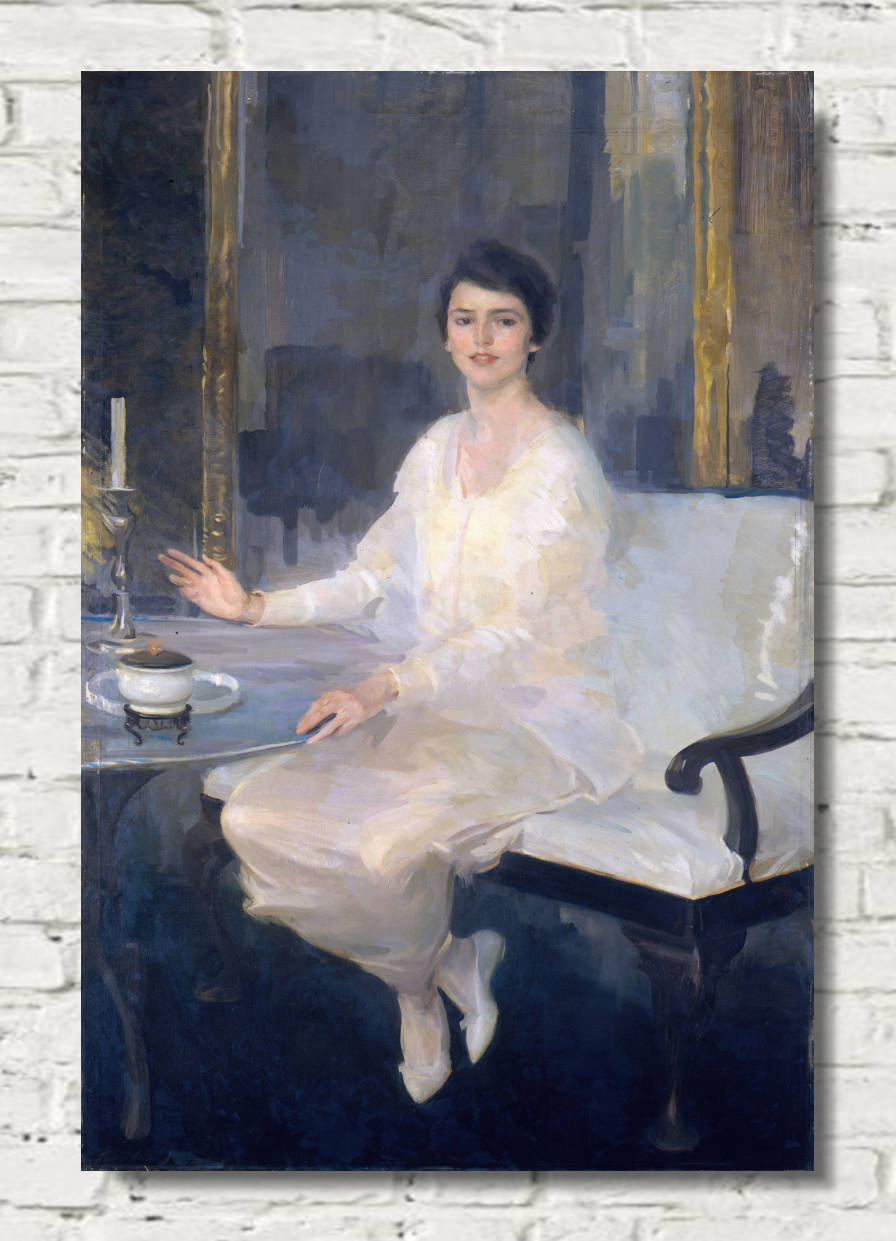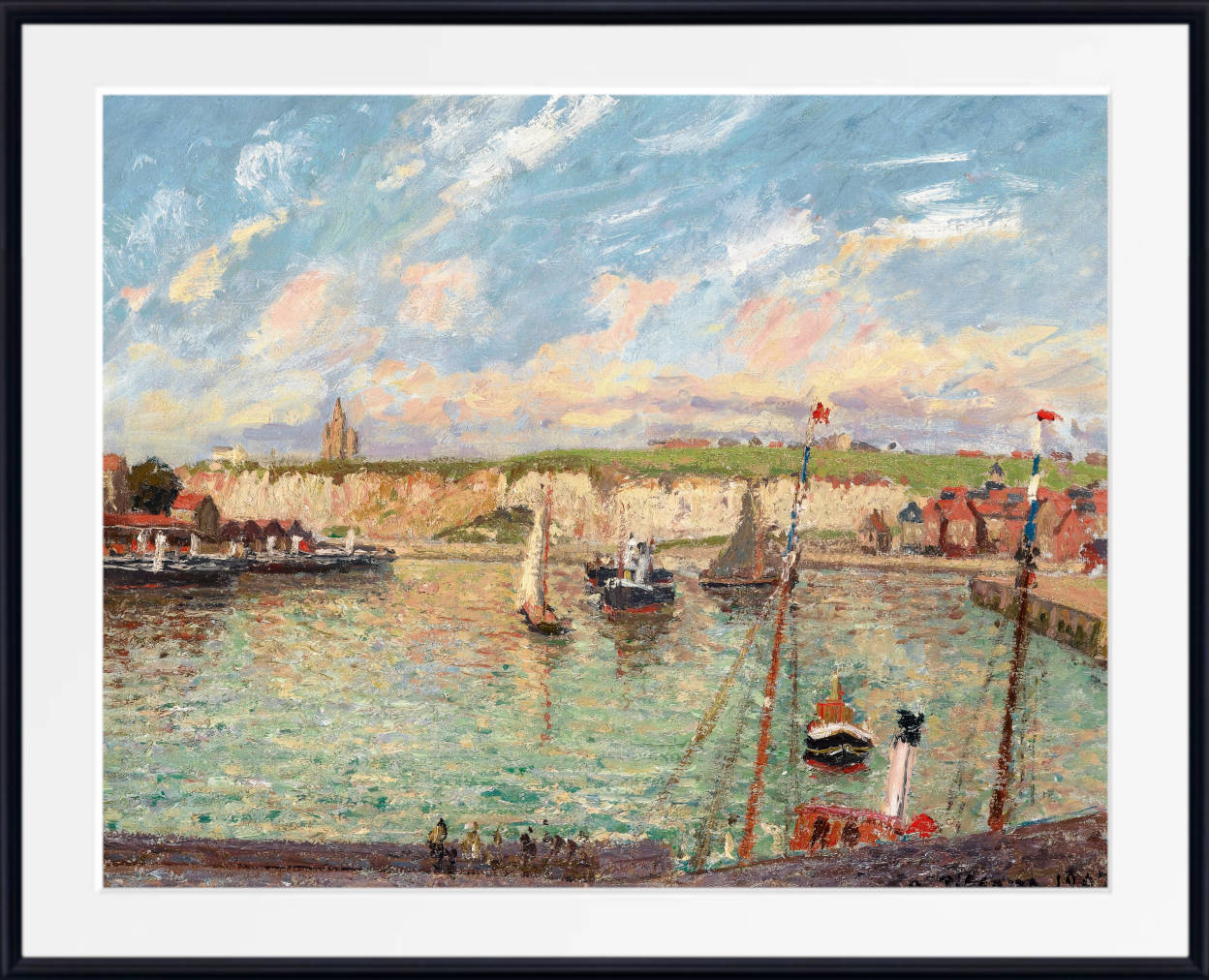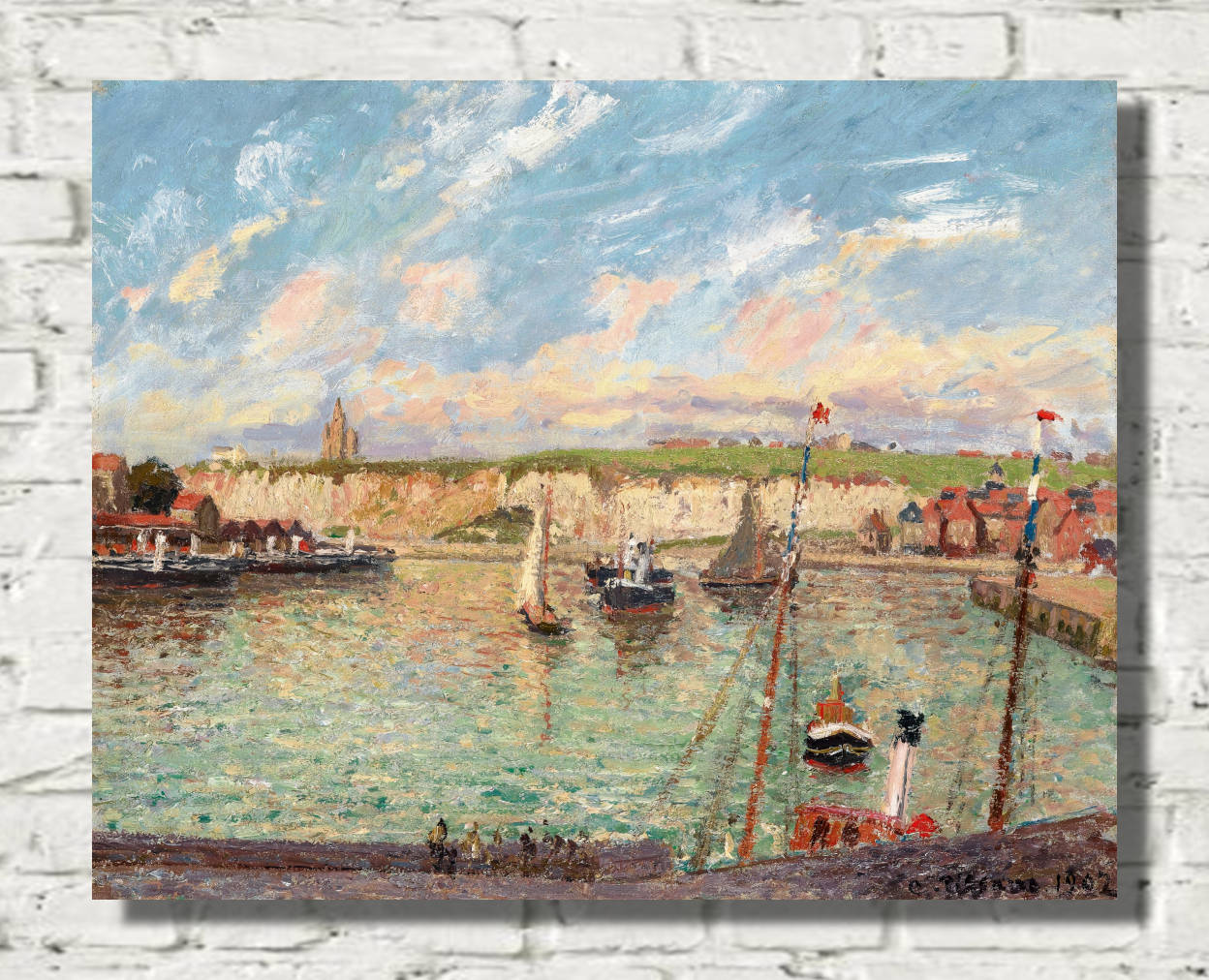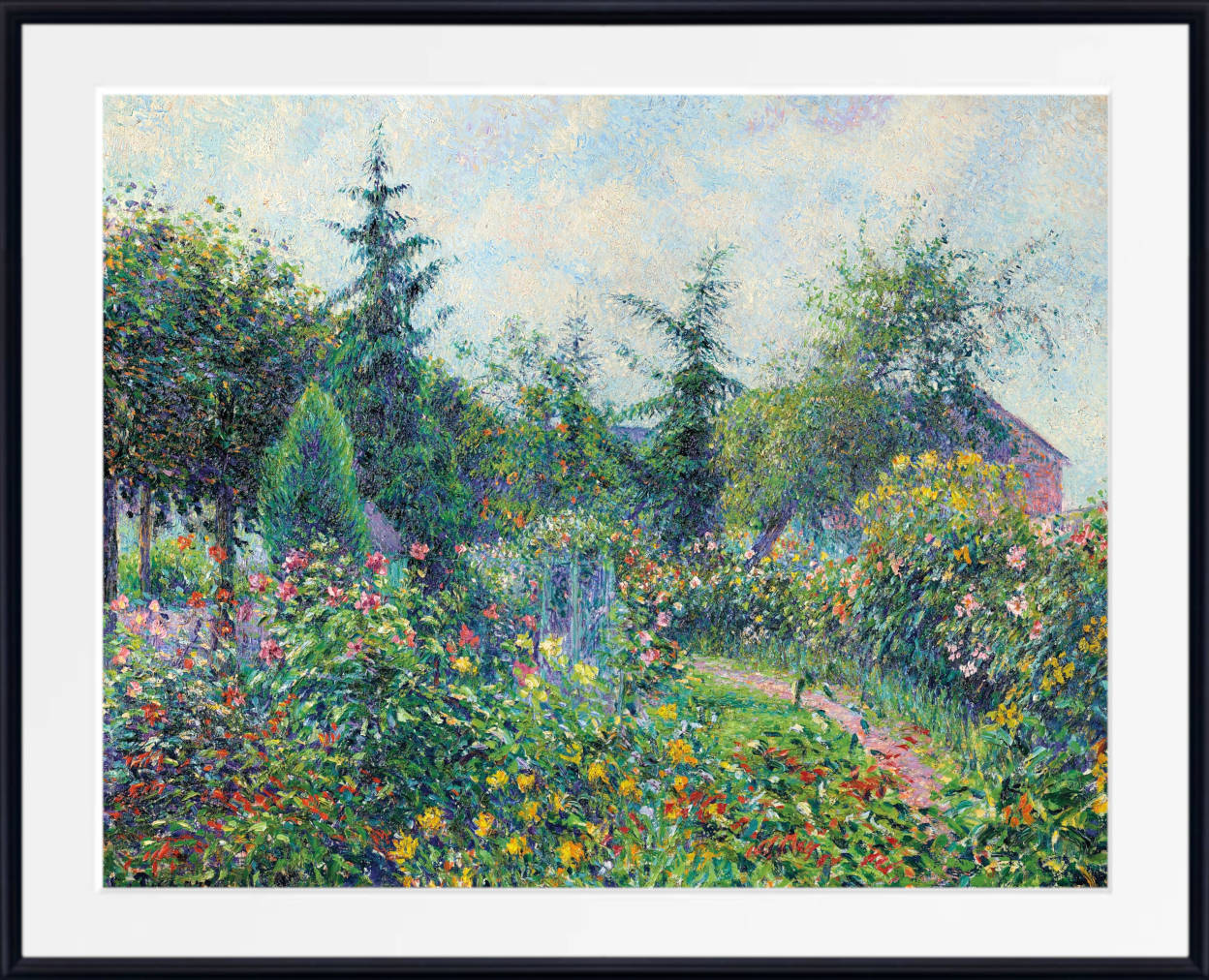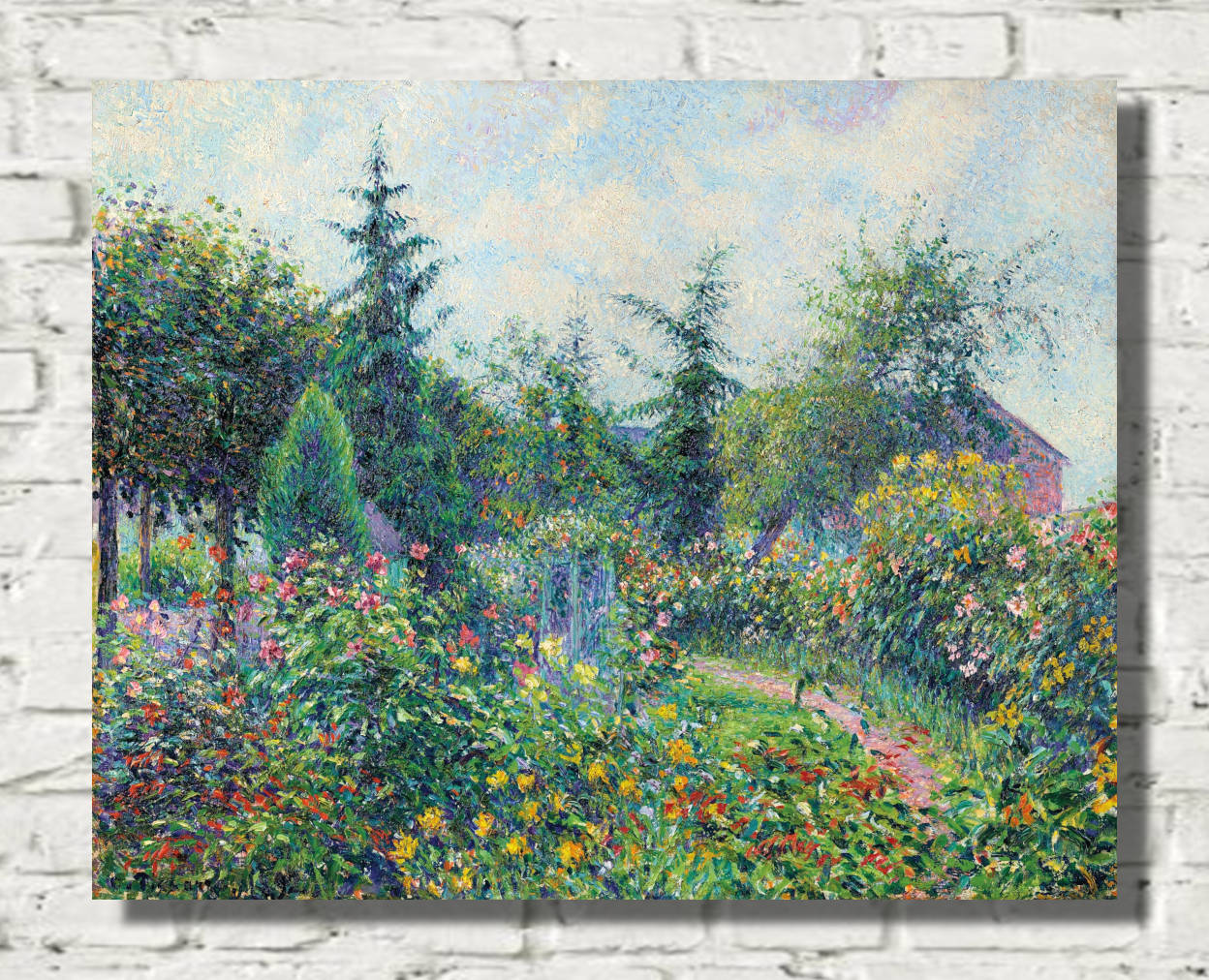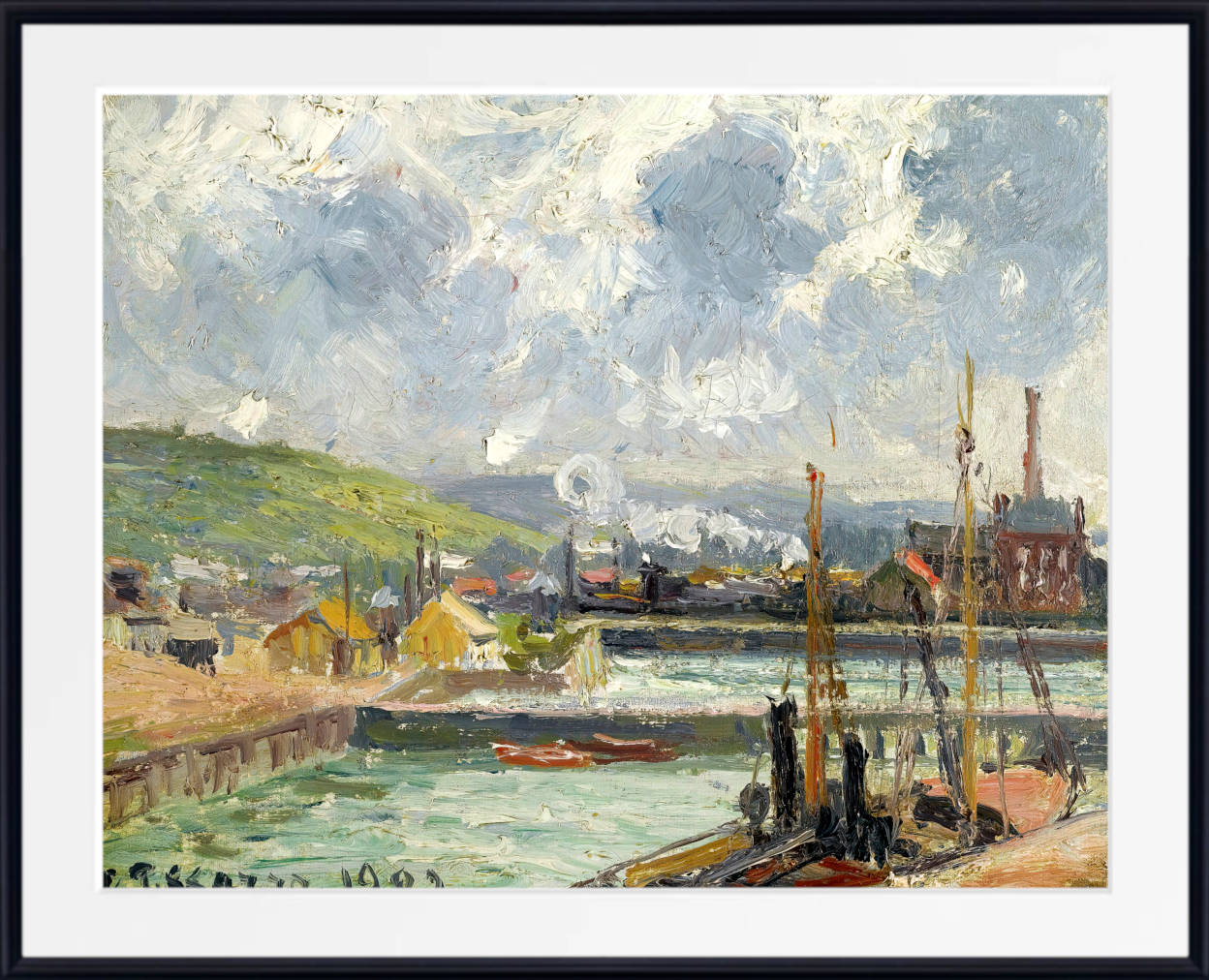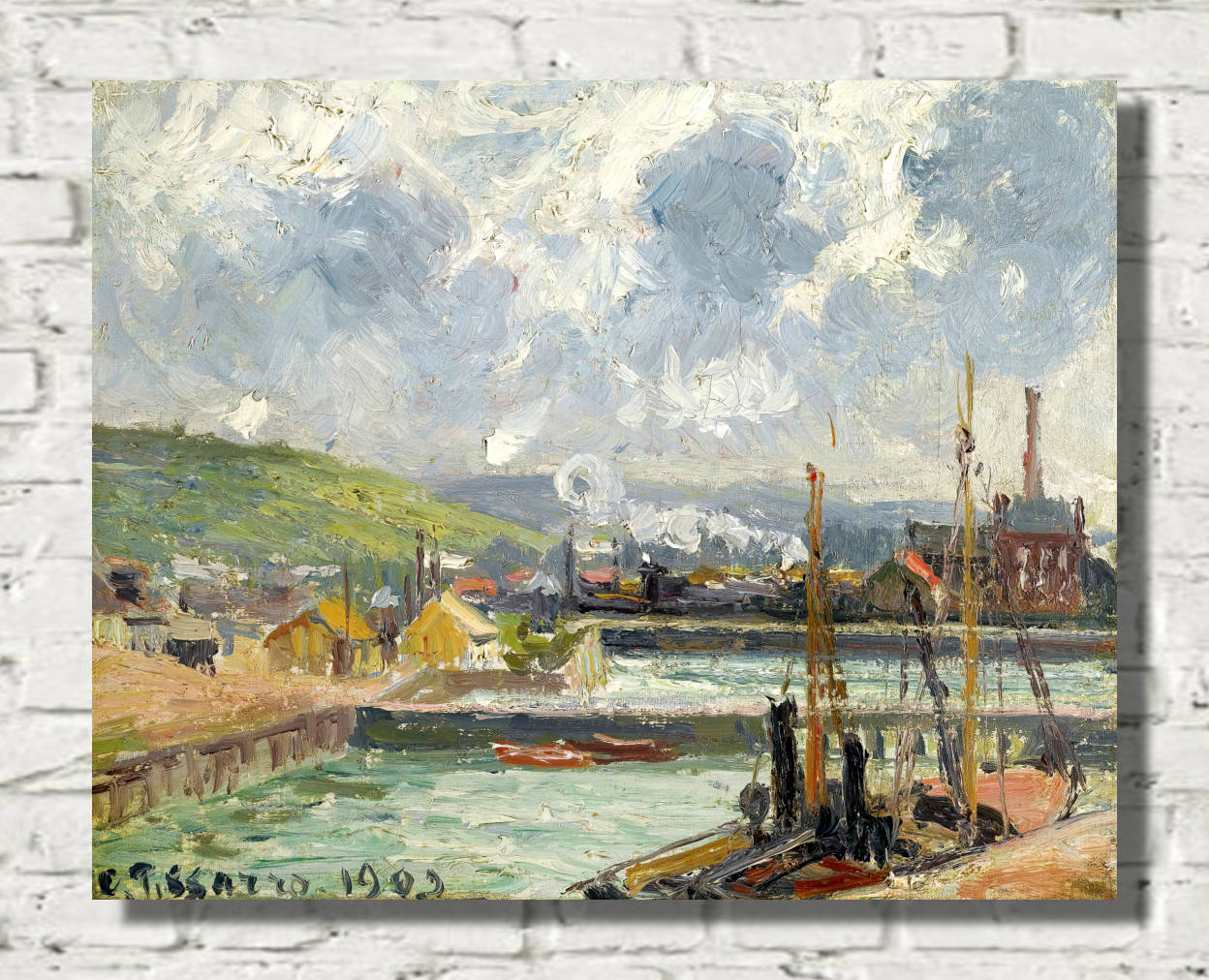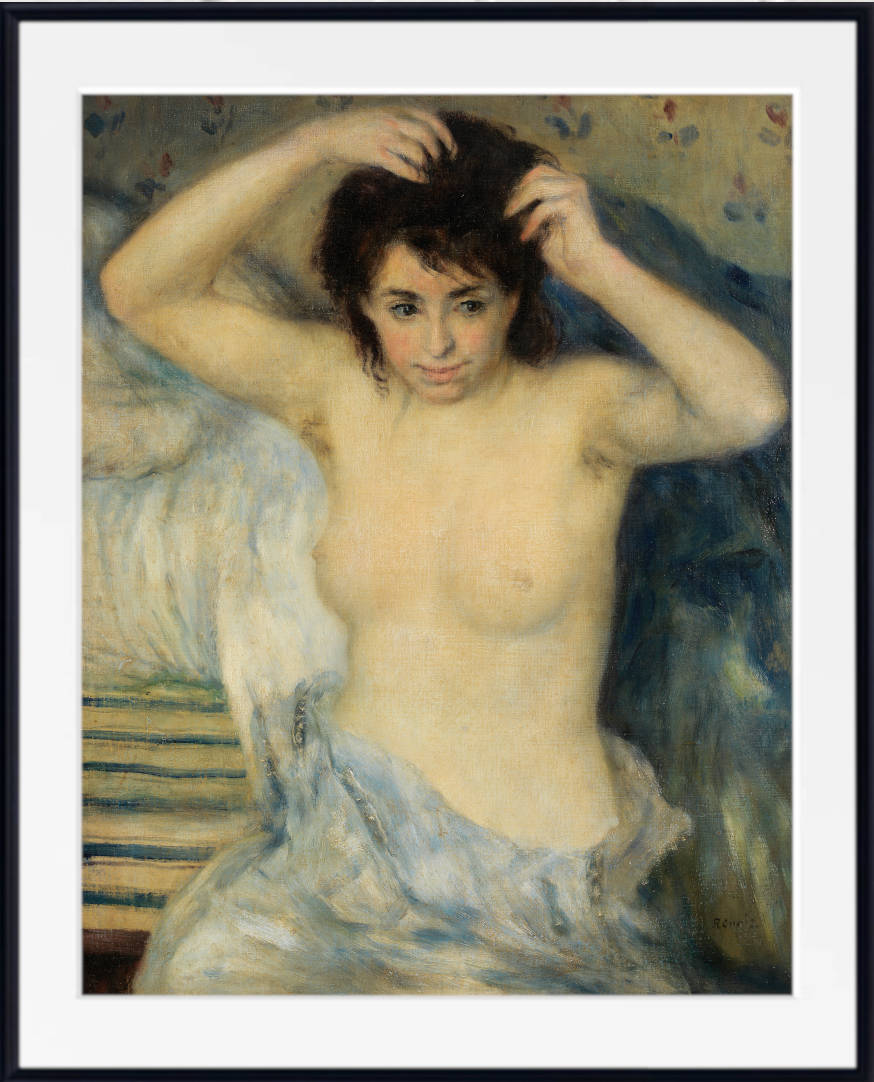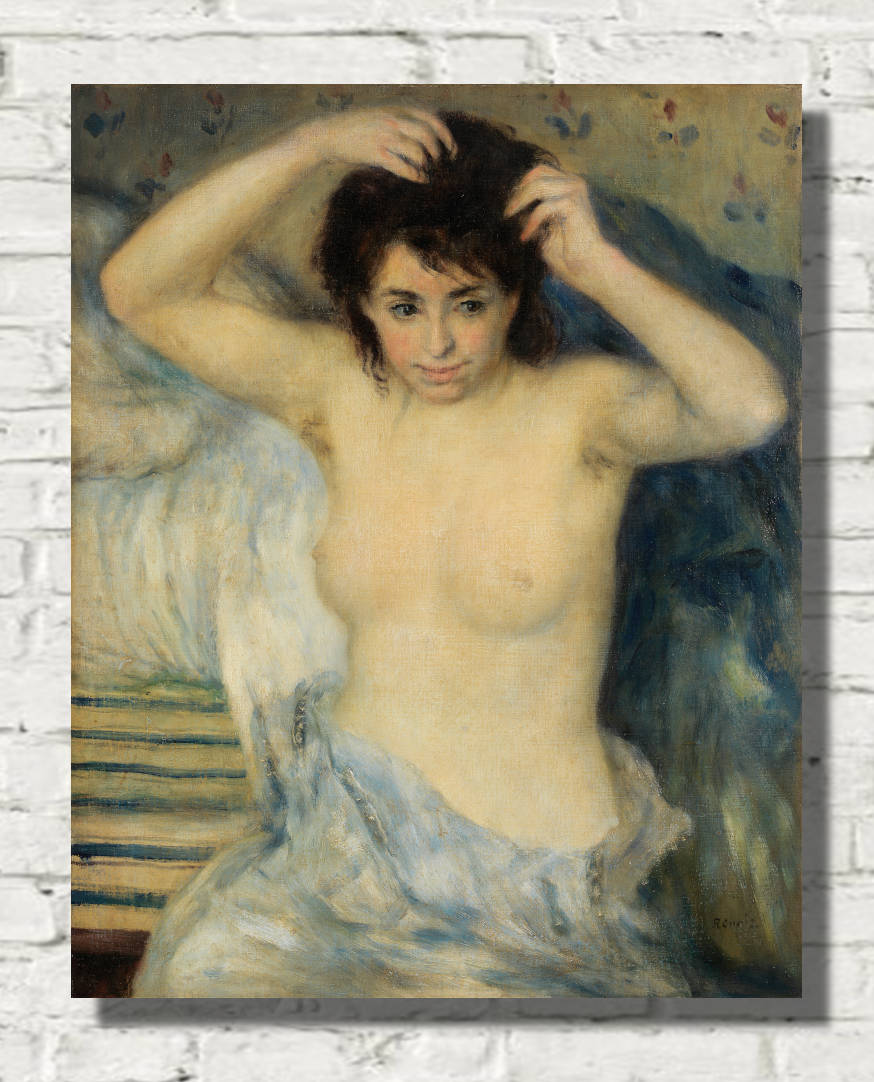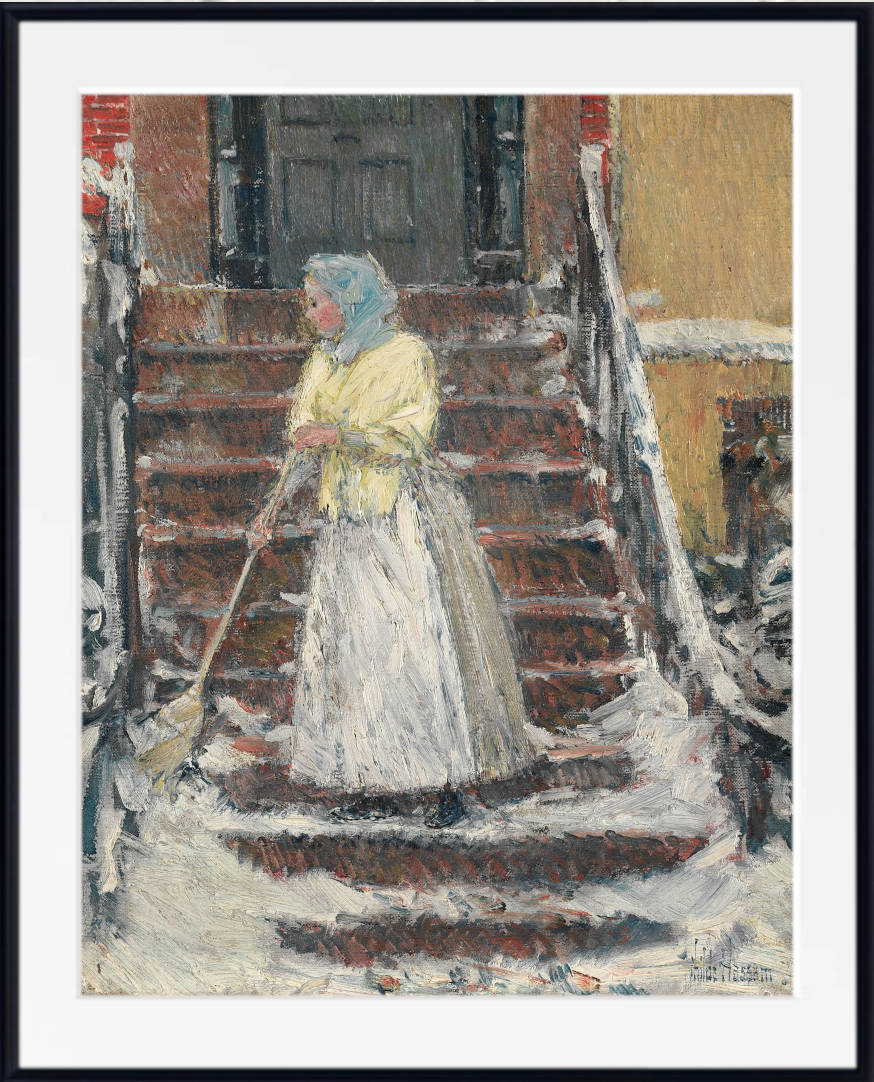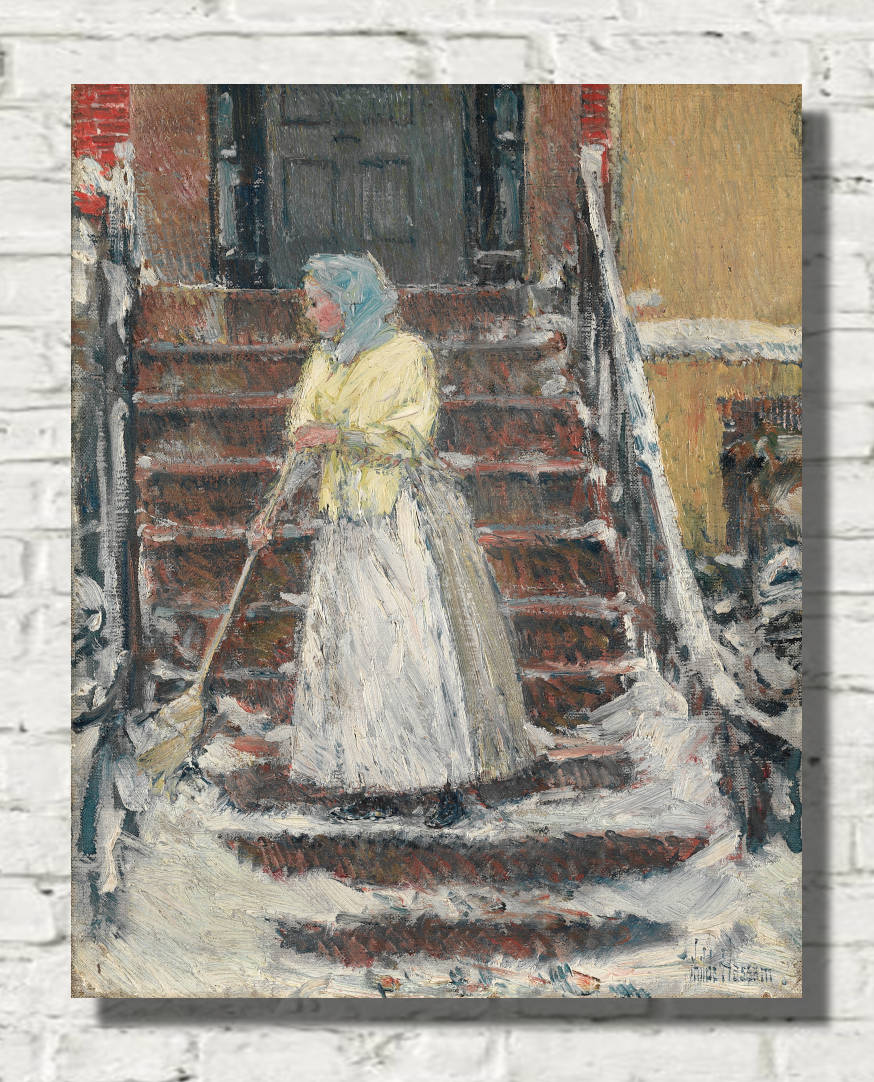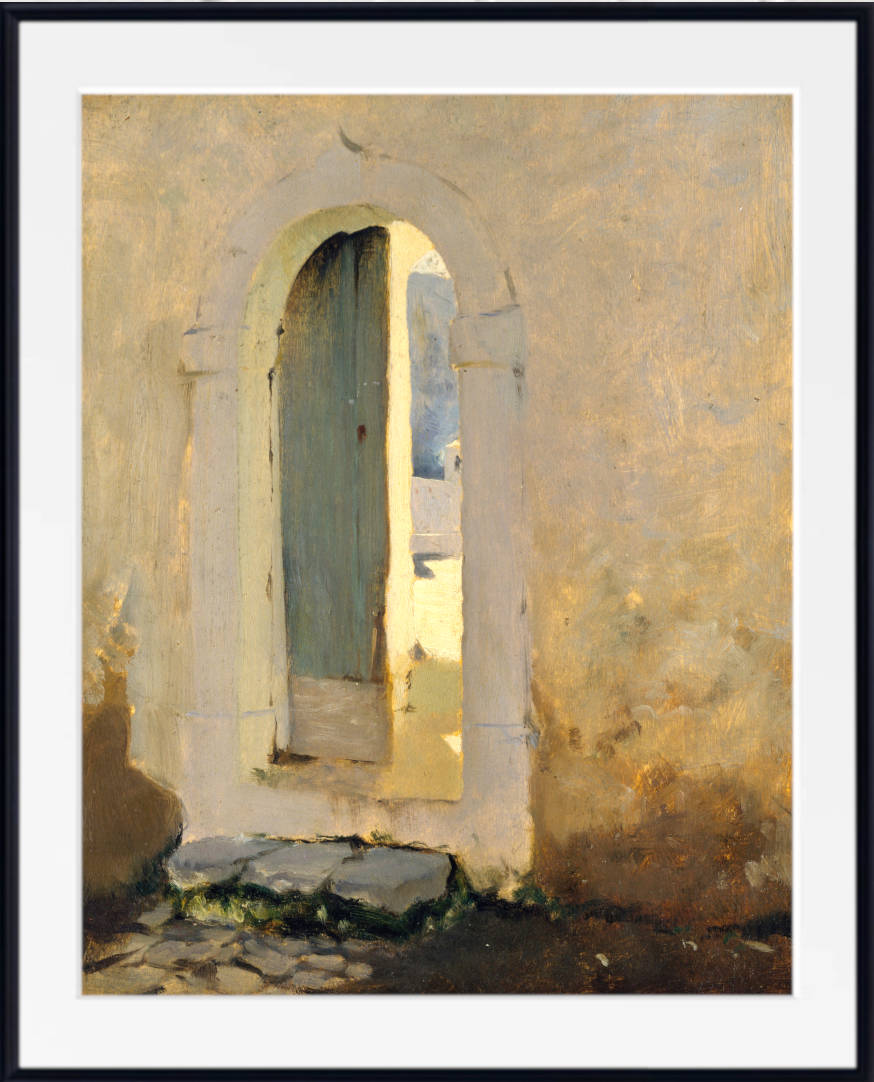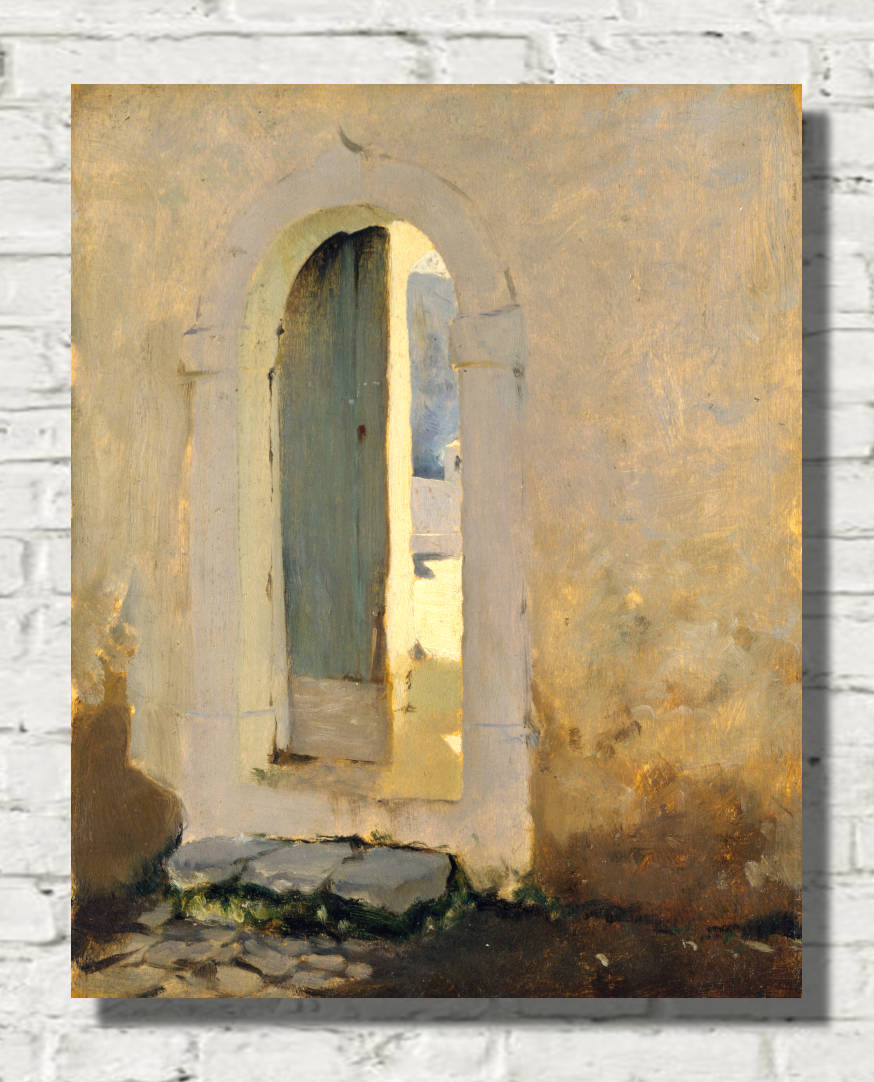Table of Contents:[hide]
Impressionism, one of the most influential art movements of the 19th century, revolutionized the way artists captured the world around them. Focused on light, movement, and everyday scenes, Impressionist painters broke away from the rigid academic traditions of the past. Among the countless masterpieces produced during this era, five stand out for their impact, beauty, and popularity. In this article, we explore these five celebrated paintings, providing in-depth analysis and insights into their significance.
| Rank | Impressionist Painting | Artist | Year | Purchase Link |
|---|---|---|---|---|
| 1 | Woman at Her Toilette | Berthe Morisot | 1875–1880 | Purchase Print Here |
| 2 | Houses of Parliament, the Setting Sun | Claude Monet | 1903 | Purchase Print Here |
| 3 | Au bord de la mer (Honfleur) | Eva Gonzalès | 1877 | Purchase Print Here |
| 4 | Music in the Tuileries | Edouard Manet | 1862 | Purchase Print Here |
| 5 | The Umbrellas | Pierre-Auguste Renoir | 1881–1886 | Purchase Print Here |
1. Woman at Her Toilette (Berthe Morisot)
Analysis
Berthe Morisot’s Woman at Her Toilette (circa 1875–1880) exemplifies her delicate yet expressive style. As one of the few prominent female Impressionists, Morisot often depicted intimate domestic moments. In this work, a woman, partially turned away, is absorbed in her beauty ritual. The soft, feathery brushstrokes and pastel palette create an ephemeral, dreamlike atmosphere, characteristic of Morisot’s technique.
Significance
The painting captures the fleeting essence of a private moment, a theme that was often neglected in traditional academic art. Berthe Morisot’s work challenges the male gaze, offering an introspective and autonomous representation of femininity. The loose brushwork and the play of light reflect the core tenets of Impressionism, making it a key example of the movement.
2. Houses of Parliament, the Setting Sun (Claude Monet)
Analysis
Monet’s Houses of Parliament, the Setting Sun (1903) is part of his celebrated series depicting the British landmark under varying light and atmospheric conditions. Here, the interplay of light and mist transforms the Gothic structure into a shimmering vision of color and form. The warm hues of the setting sun contrast with the cool, diffused blues and purples of the shadows, creating a dynamic yet tranquil effect.
Significance
This work is an exemplary study of light and reflection, themes central to Claude Monet’s artistic philosophy. The painting moves beyond realism, dissolving form into pure color, an approach that influenced later movements such as Fauvism and Abstract Expressionism. Monet’s technique of applying paint in small dabs and streaks enhances the sense of movement, making this piece a cornerstone of Impressionist landscape painting.
3. Au bord de la mer (Honfleur) (Eva Gonzalès)
Analysis
Eva Gonzalès, a pupil of Edouard Manet, created Au bord de la mer (Honfleur) (circa 1877), a serene depiction of leisure by the sea. The painting’s composition focuses on a solitary female figure gazing into the distance, dressed in a dark blue dress that contrasts sharply with the bright, airy background. The brushwork is loose, yet precise enough to capture the nuances of sunlight glistening on the water’s surface.
Significance
This painting highlights Eva Gonzalès’s ability to blend Impressionist light effects with a more structured approach, showcasing her unique artistic voice. The work reflects themes of contemplation and solitude, offering an intimate perspective on both the subject and the landscape. As one of the few female Impressionists, Gonzalès’s contributions remain an essential part of Impressionist history.
4. Music in the Tuileries (1862) (Edouard Manet)
Analysis
Edouard Manet’s Music in the Tuileries (1862) predates the official Impressionist movement but is considered a pivotal work in its development. The painting captures a fashionable crowd gathered in the Tuileries Gardens, engaged in leisure and conversation. Manet’s rapid brushstrokes and fragmented composition convey the bustling energy of modern Parisian life.
Significance
This work bridges the gap between Realism and Impressionism, influencing artists like Monet and Renoir. The lack of a single focal point and the dynamic, cropped figures create a snapshot effect, a technique later refined by Impressionists. By painting contemporary life with unembellished realism, Edouard Manet laid the foundation for modern art.
5. The Umbrellas (Pierre-Auguste Renoir)
Analysis
Pierre-Auguste Renoir’s The Umbrellas (1881–1886) presents a striking contrast in style, reflecting Renoir’s evolving artistic direction. The painting is divided into two sections: the left side, characterized by loose Impressionist brushwork, and the right, where Renoir’s later, more defined technique is evident. The composition is complex, featuring a dense crowd holding umbrellas, with a young girl and a fashionable woman serving as focal points.
Significance
The Umbrellas showcases Renoir’s mastery of color and movement while hinting at his later, more structured approach. The painting’s ability to capture a moment of daily life with such vibrancy solidifies its place as one of the most beloved works of the Impressionist era.
Conclusion
These five masterpieces encapsulate the essence of Impressionism, a movement that transformed the art world with its focus on light, color, and modern life. From Morisot’s intimate domestic scenes to Monet’s atmospheric landscapes, each work represents a unique facet of Impressionist innovation. Their enduring popularity speaks to their timeless beauty and groundbreaking techniques.
References
-
Herbert, Robert L. Impressionism: Art, Leisure, and Parisian Society. Yale University Press, 1988.
-
Rewald, John. The History of Impressionism. Museum of Modern Art, 1973.
-
Roe, Sue. The Private Lives of the Impressionists. HarperCollins, 2006.
-
Cachin, Françoise. Manet: The Influence of the Modern. Yale University Press, 1995.
-
Wildenstein, Daniel. Monet, or The Triumph of Impressionism. Taschen, 1996.
Related Articles
Impressionist Masters You Should Know
The Impressionists
The Complete List of Impressionist Artists










